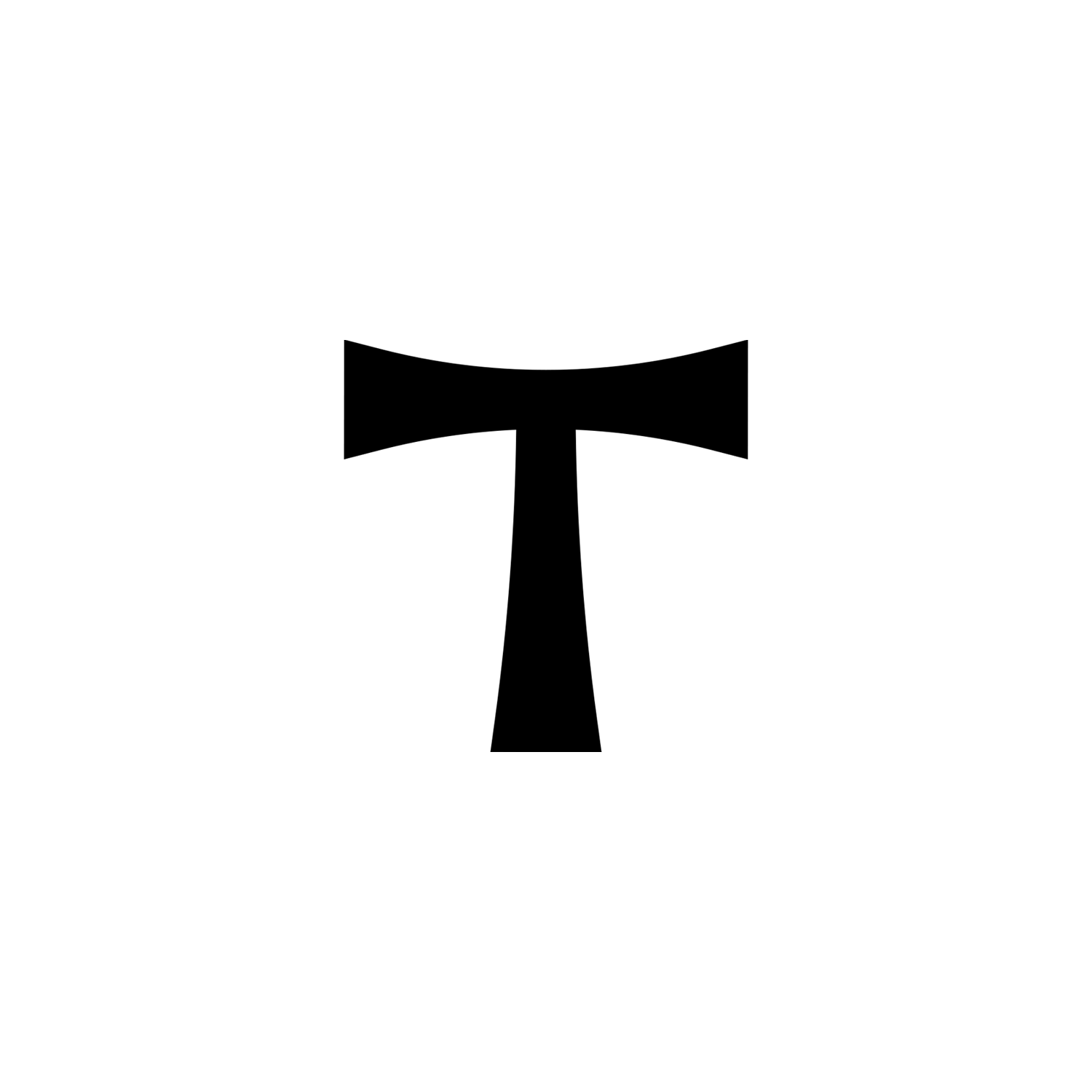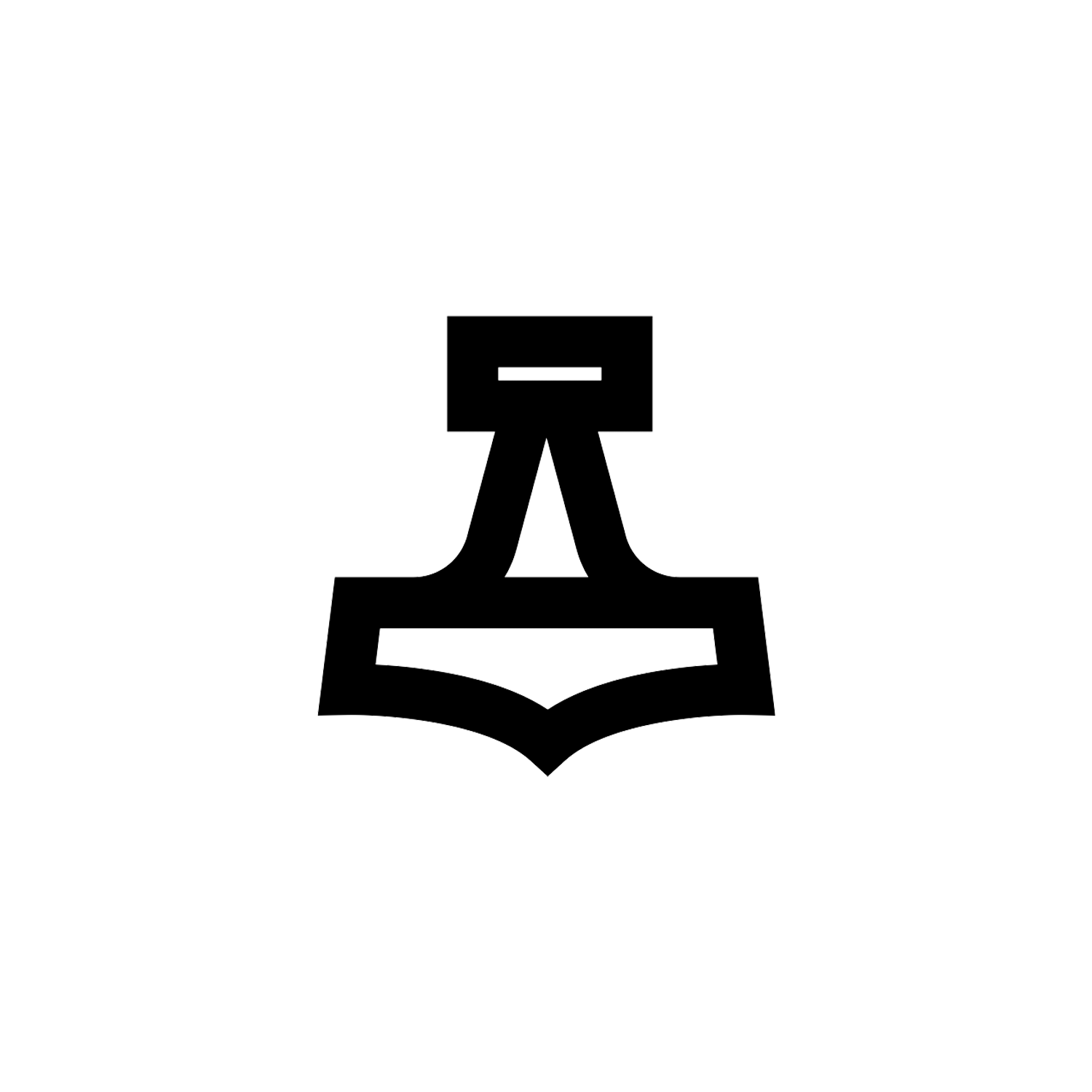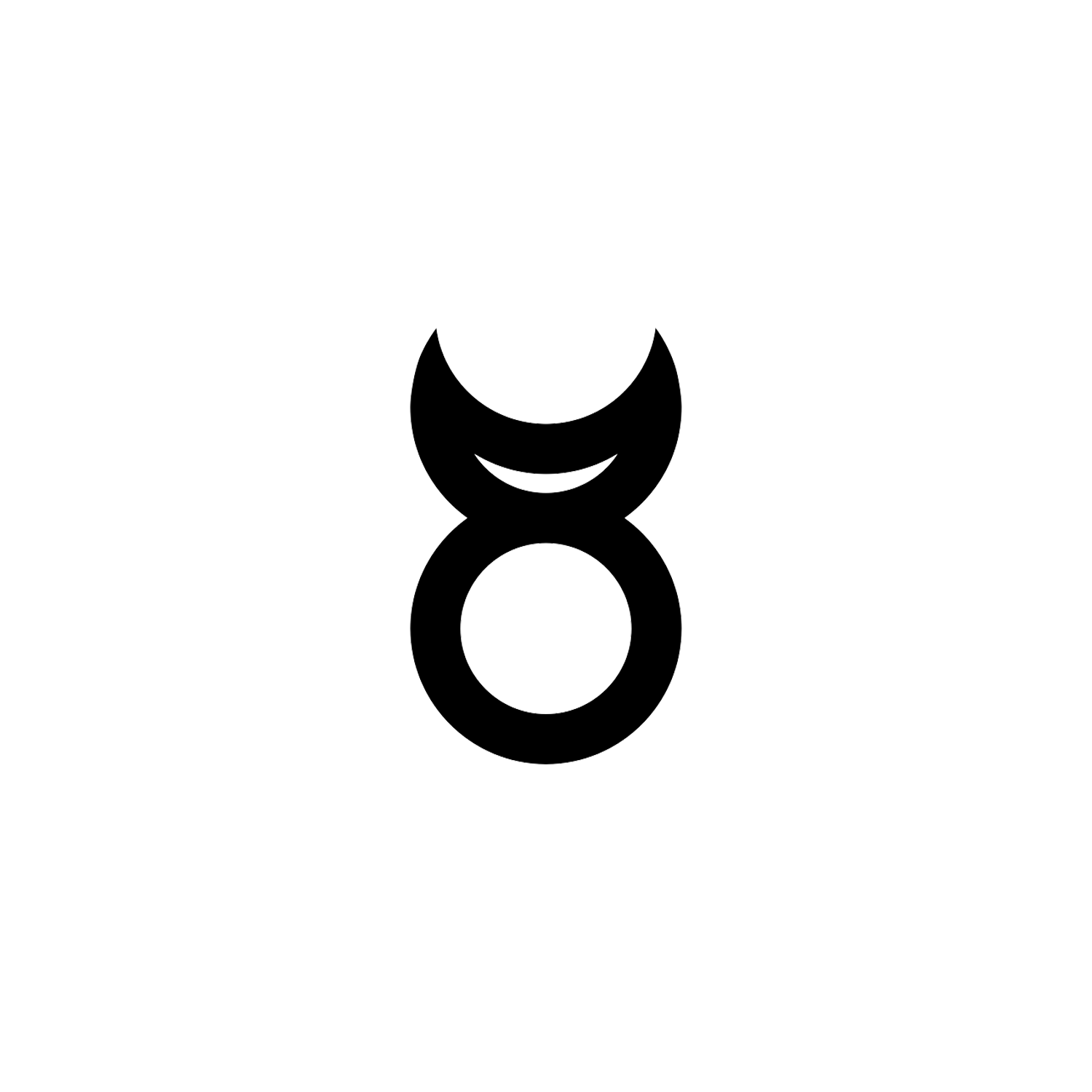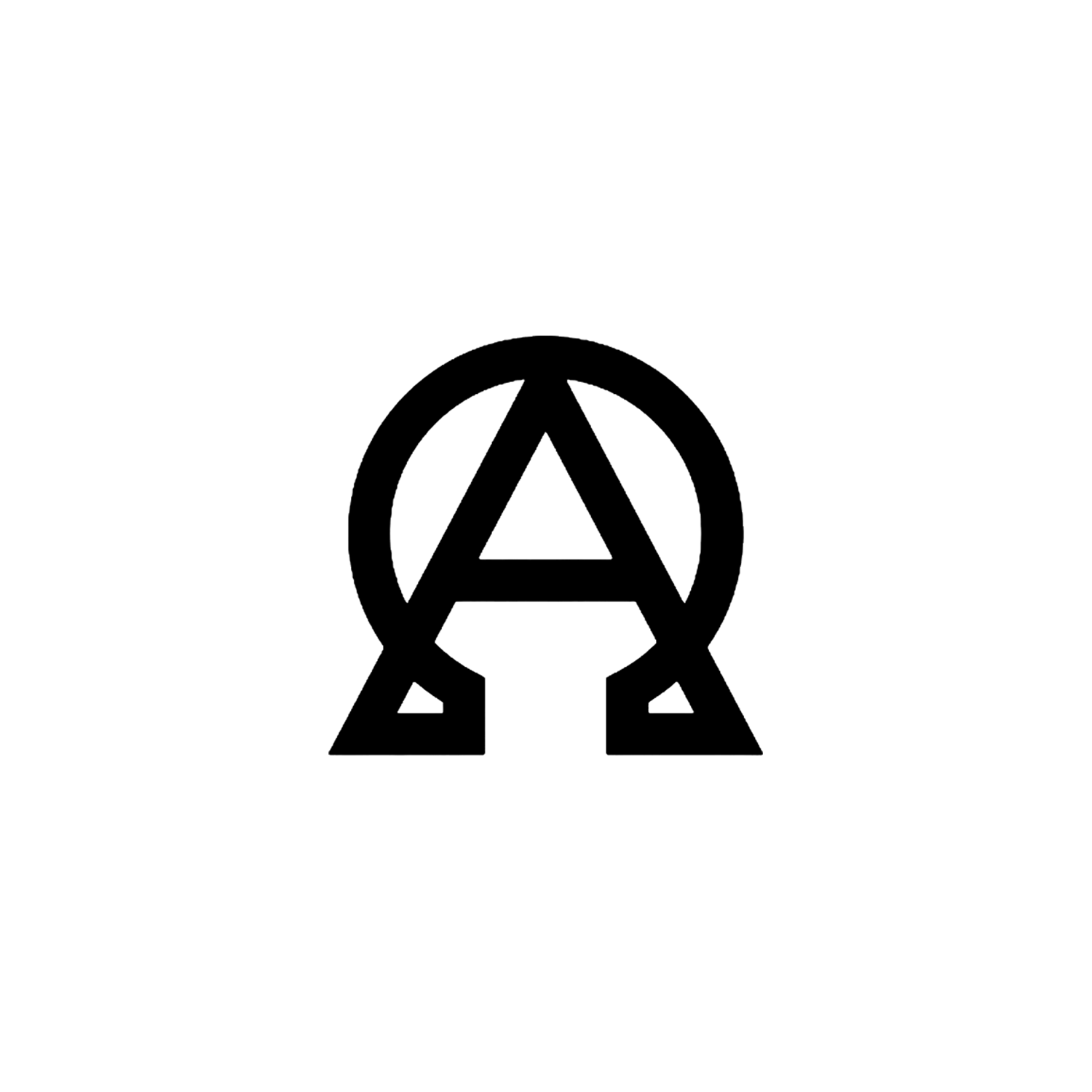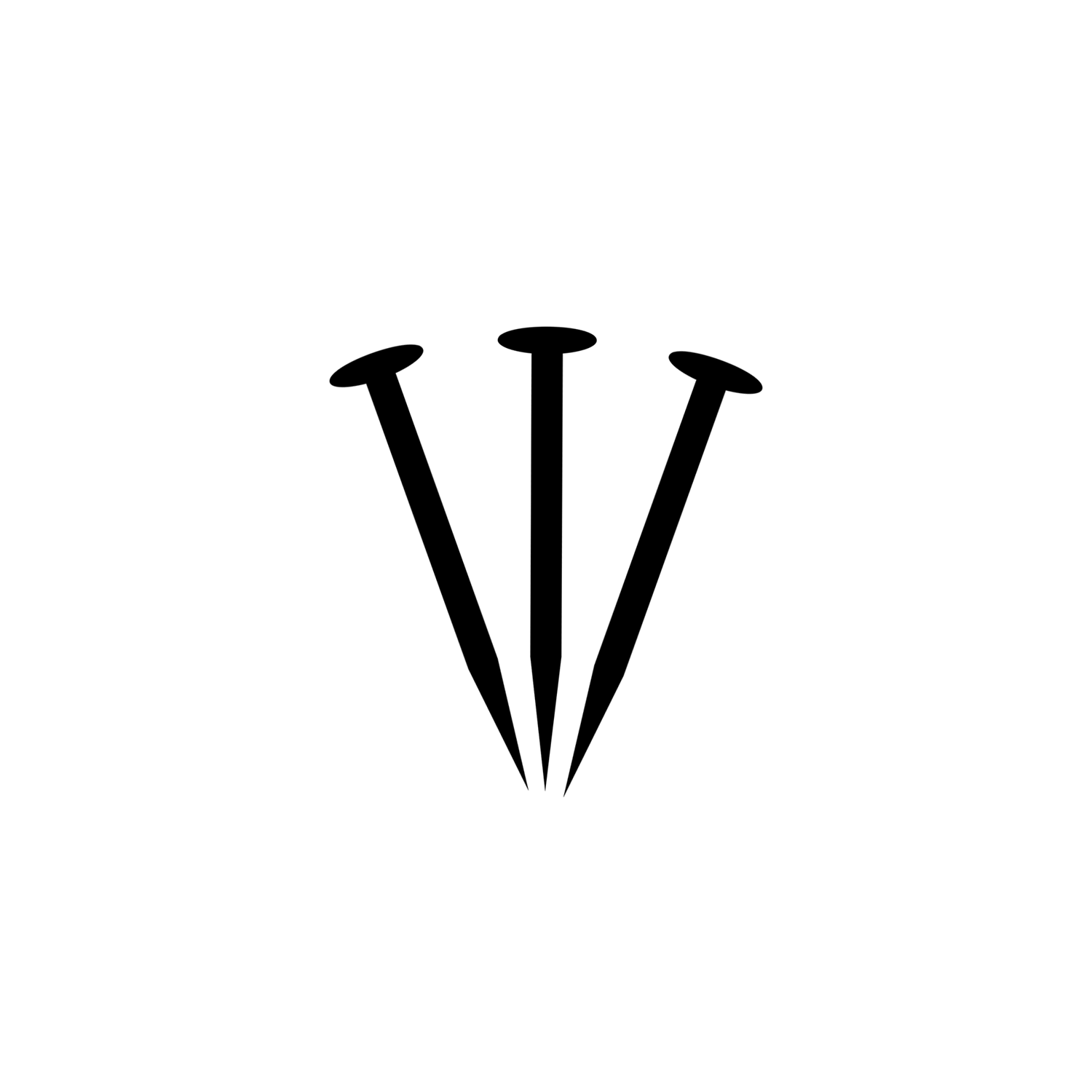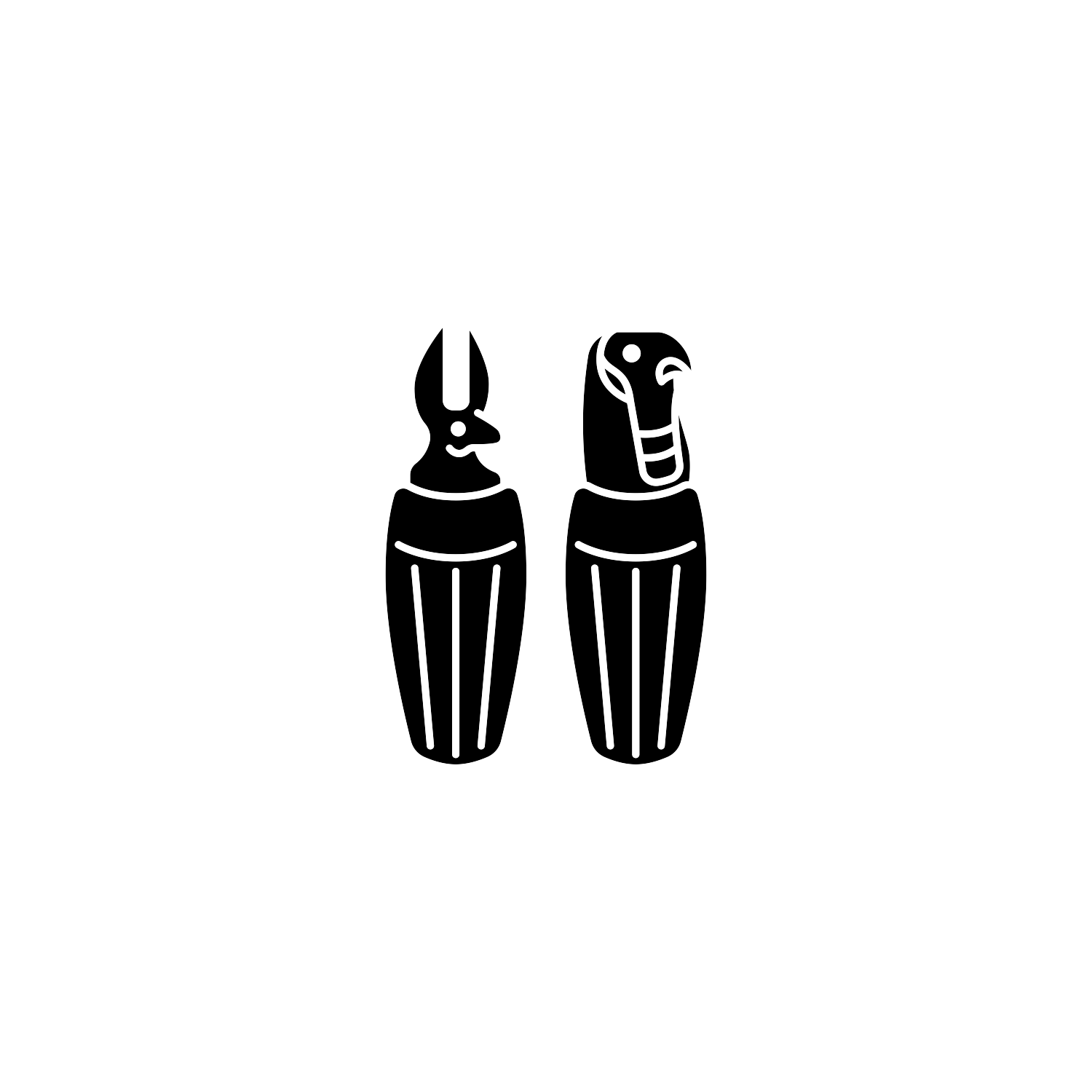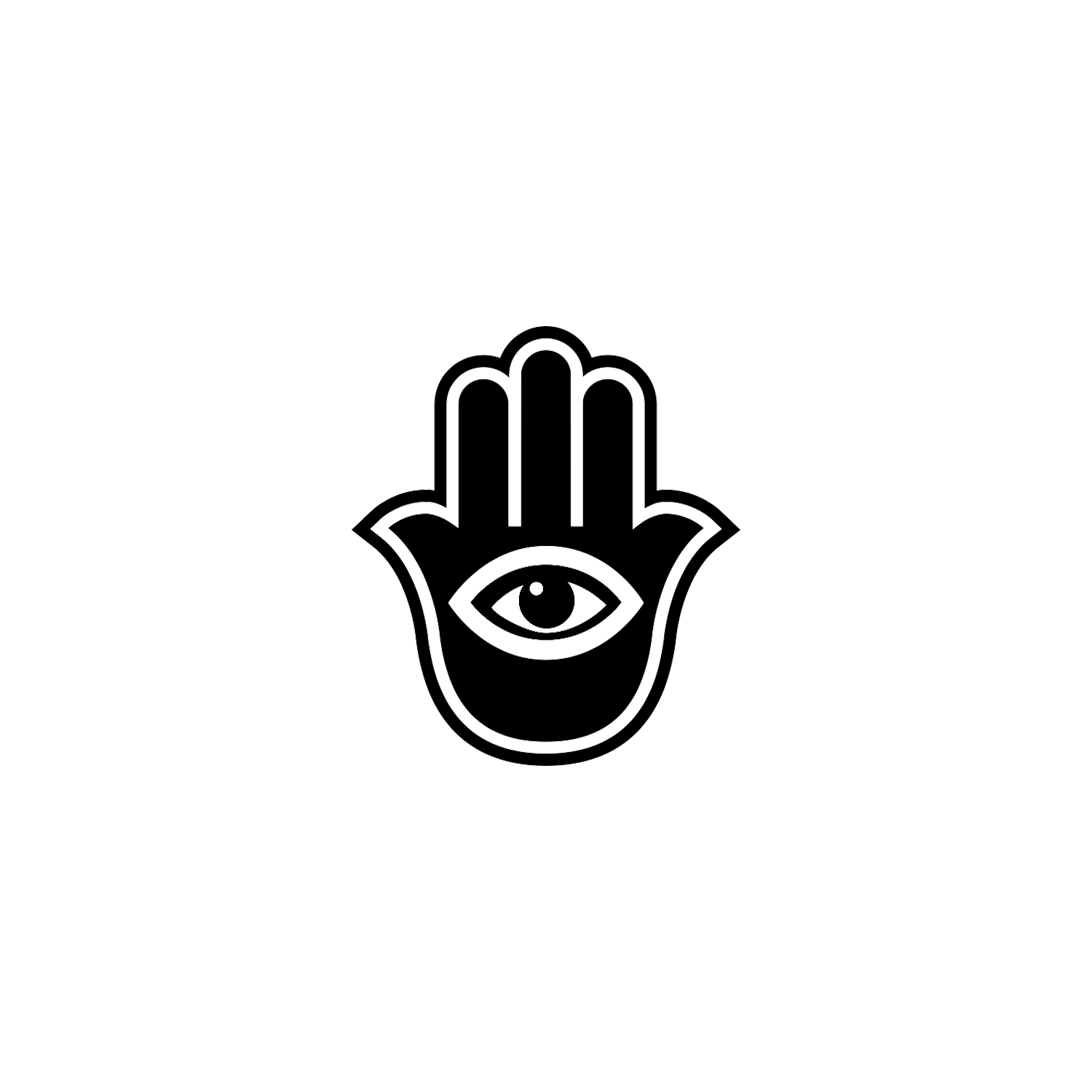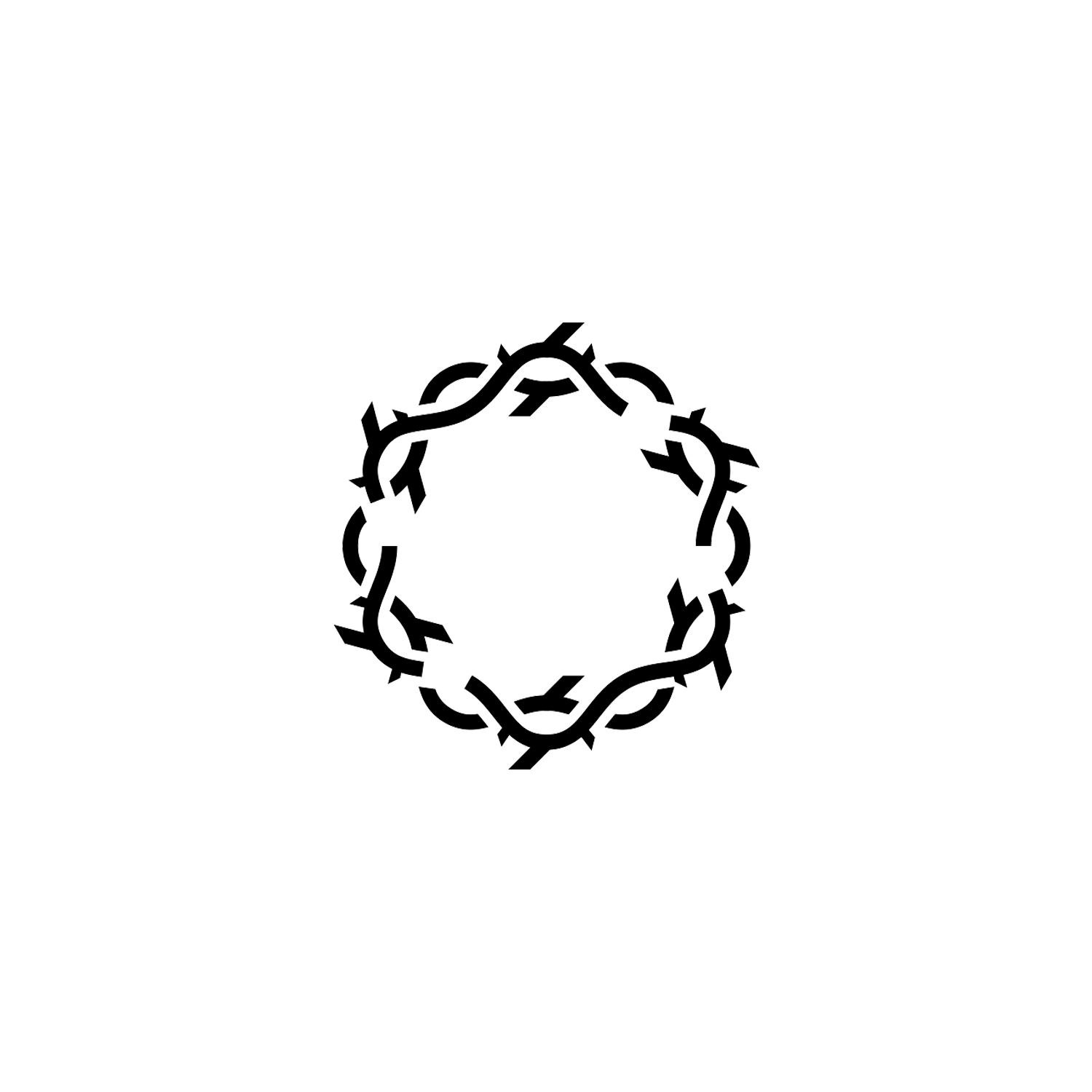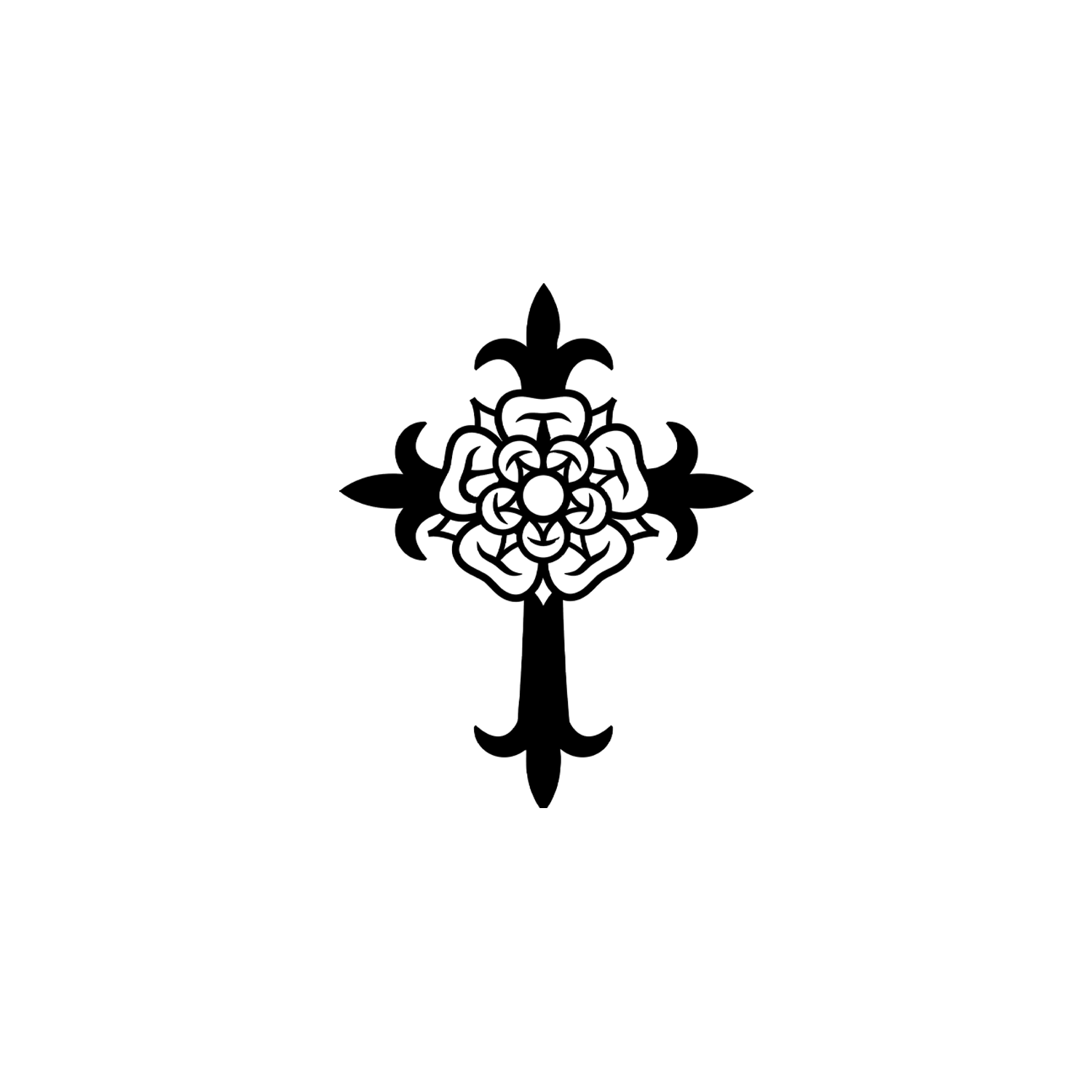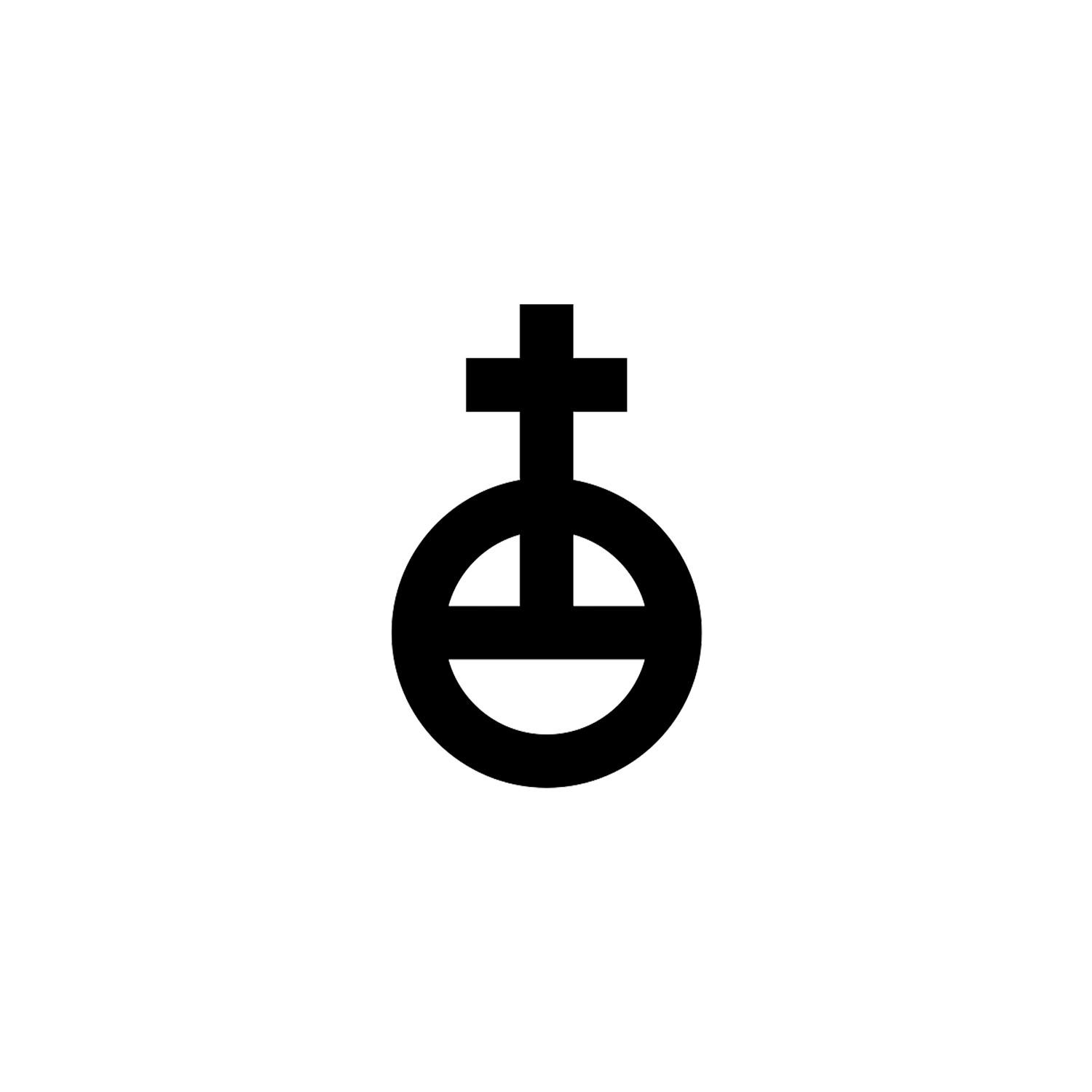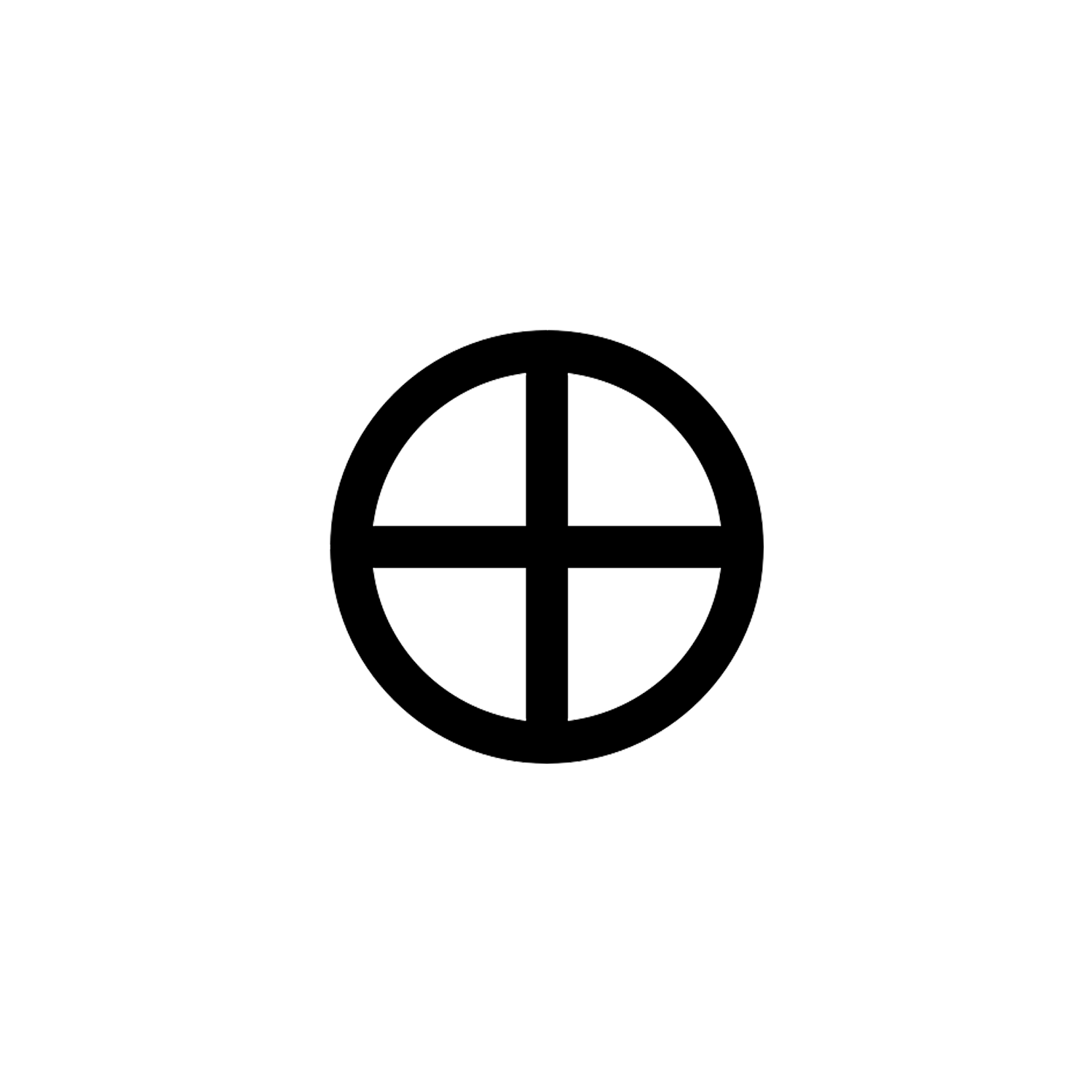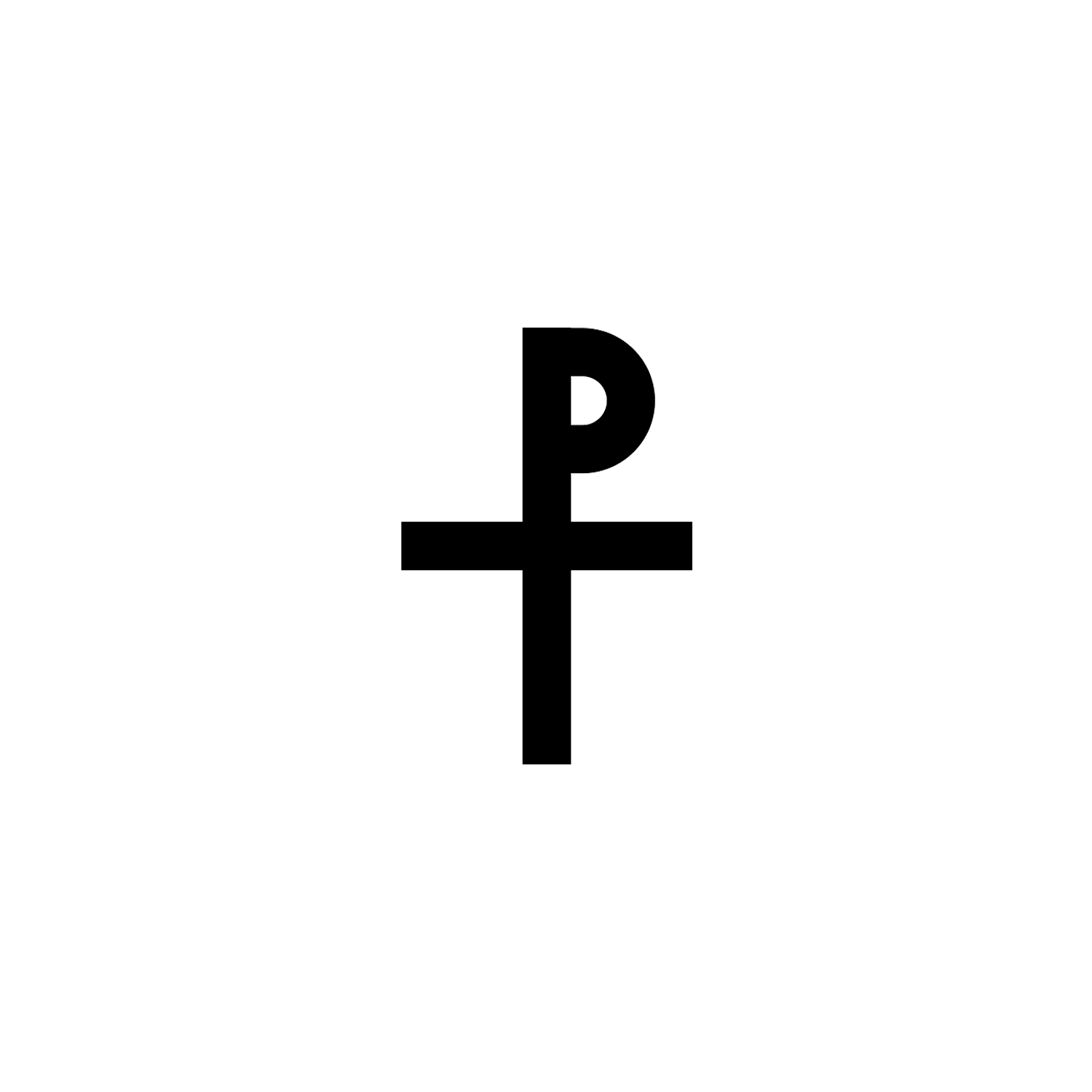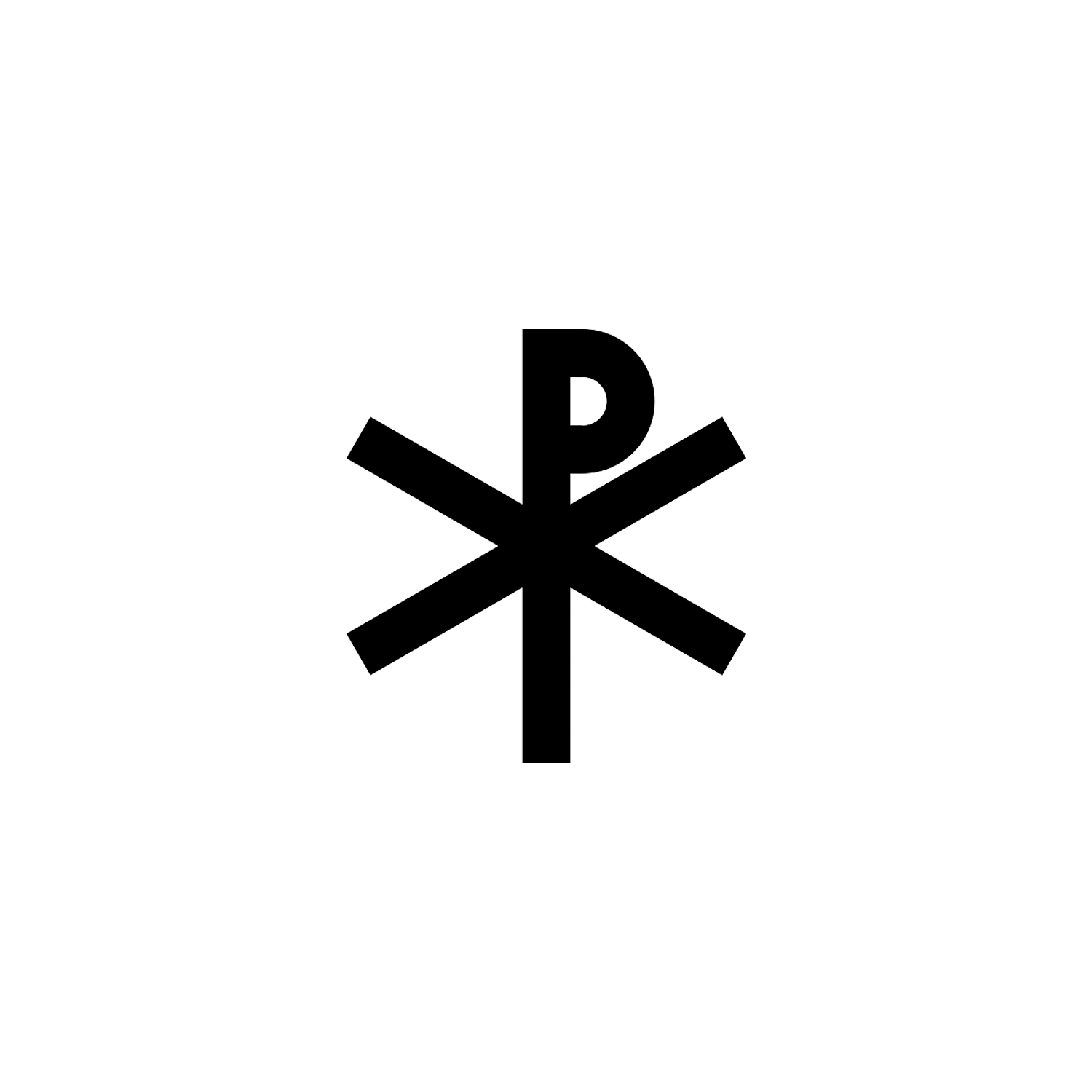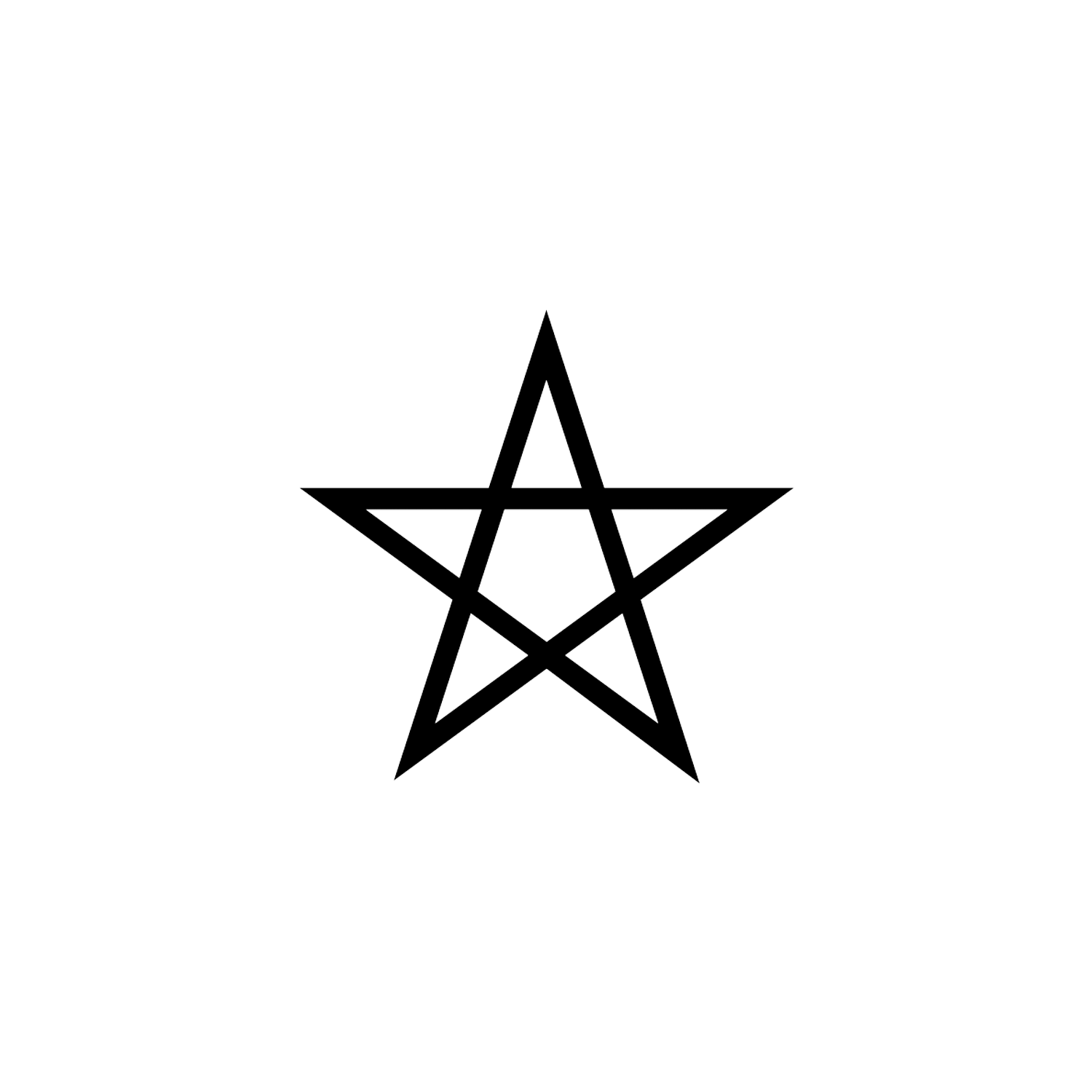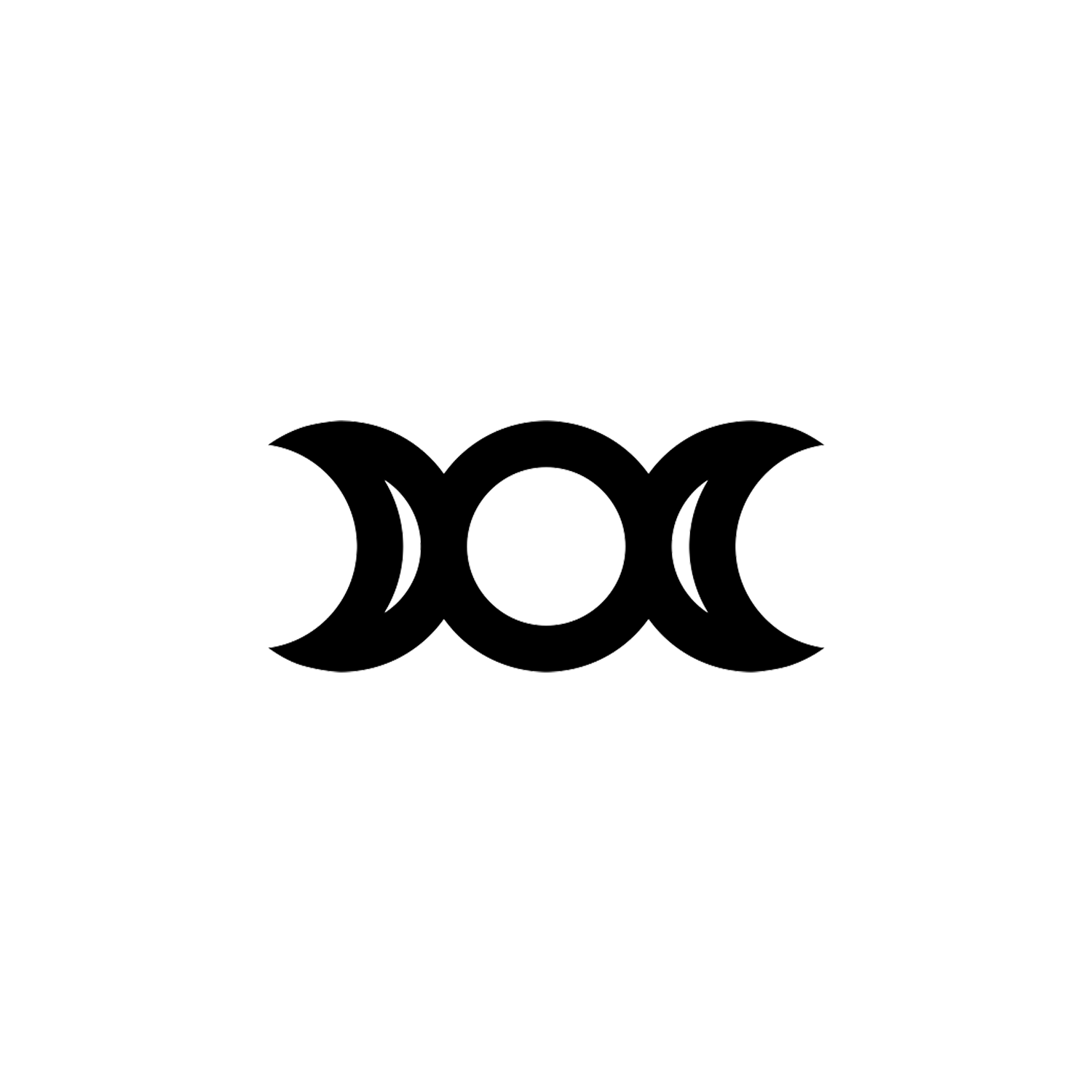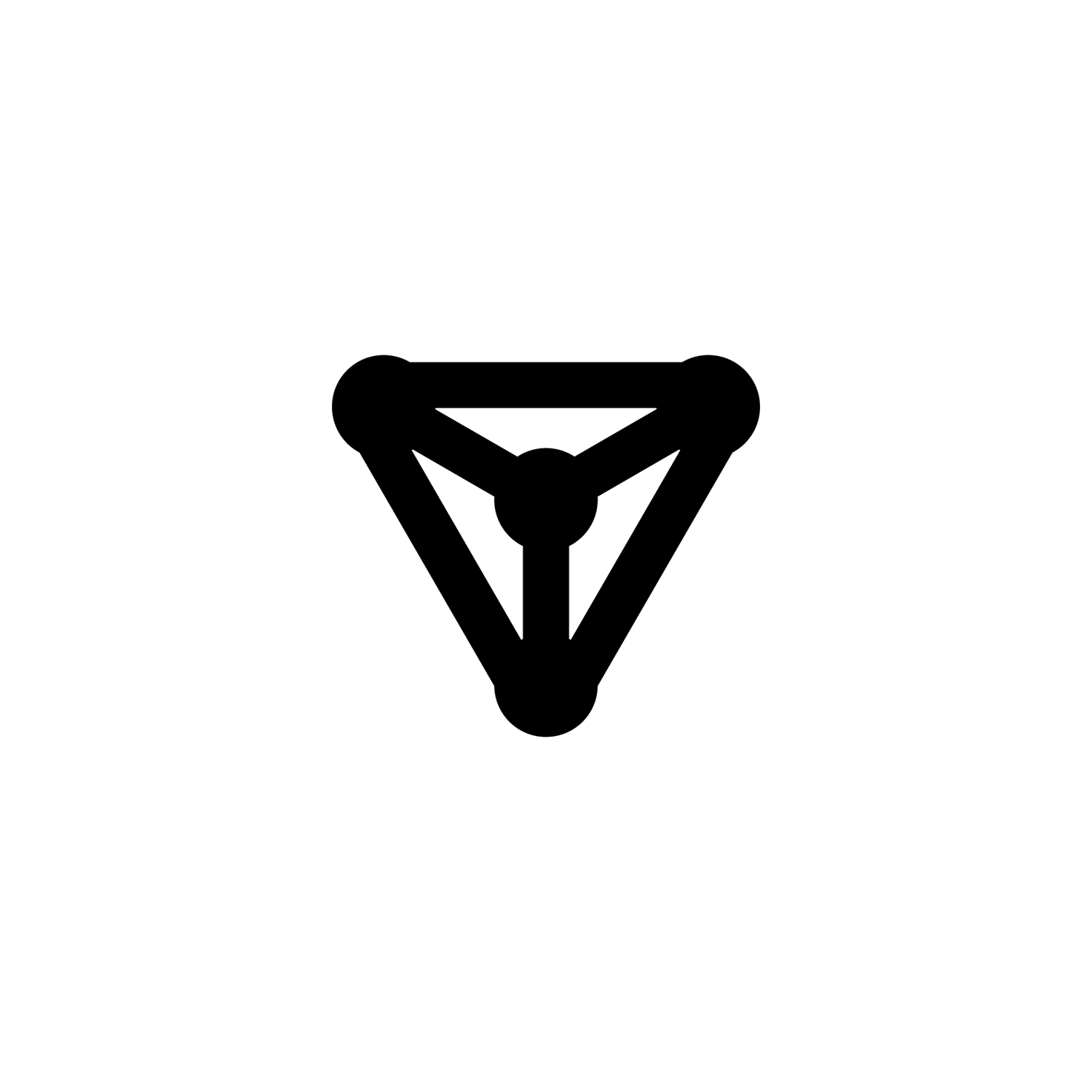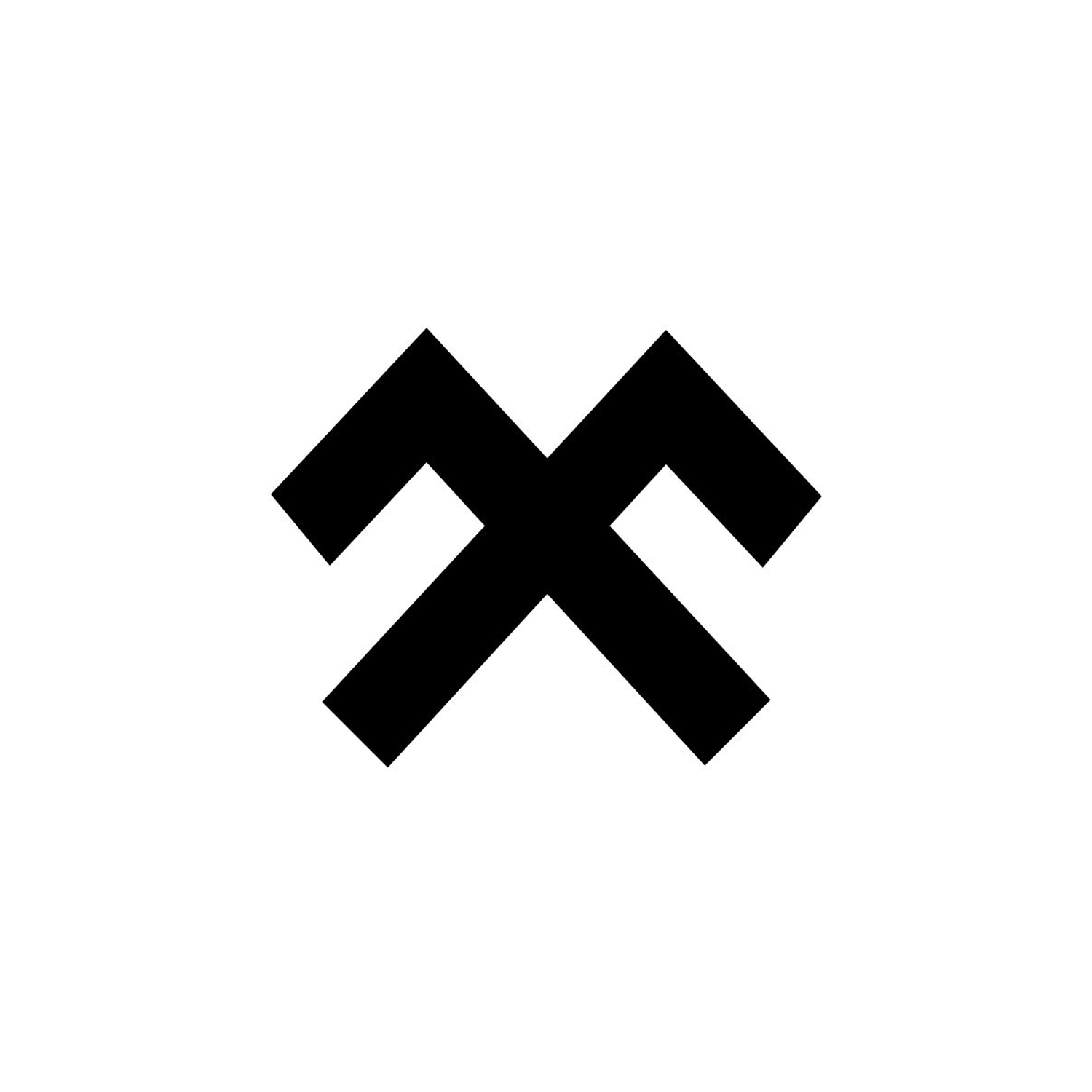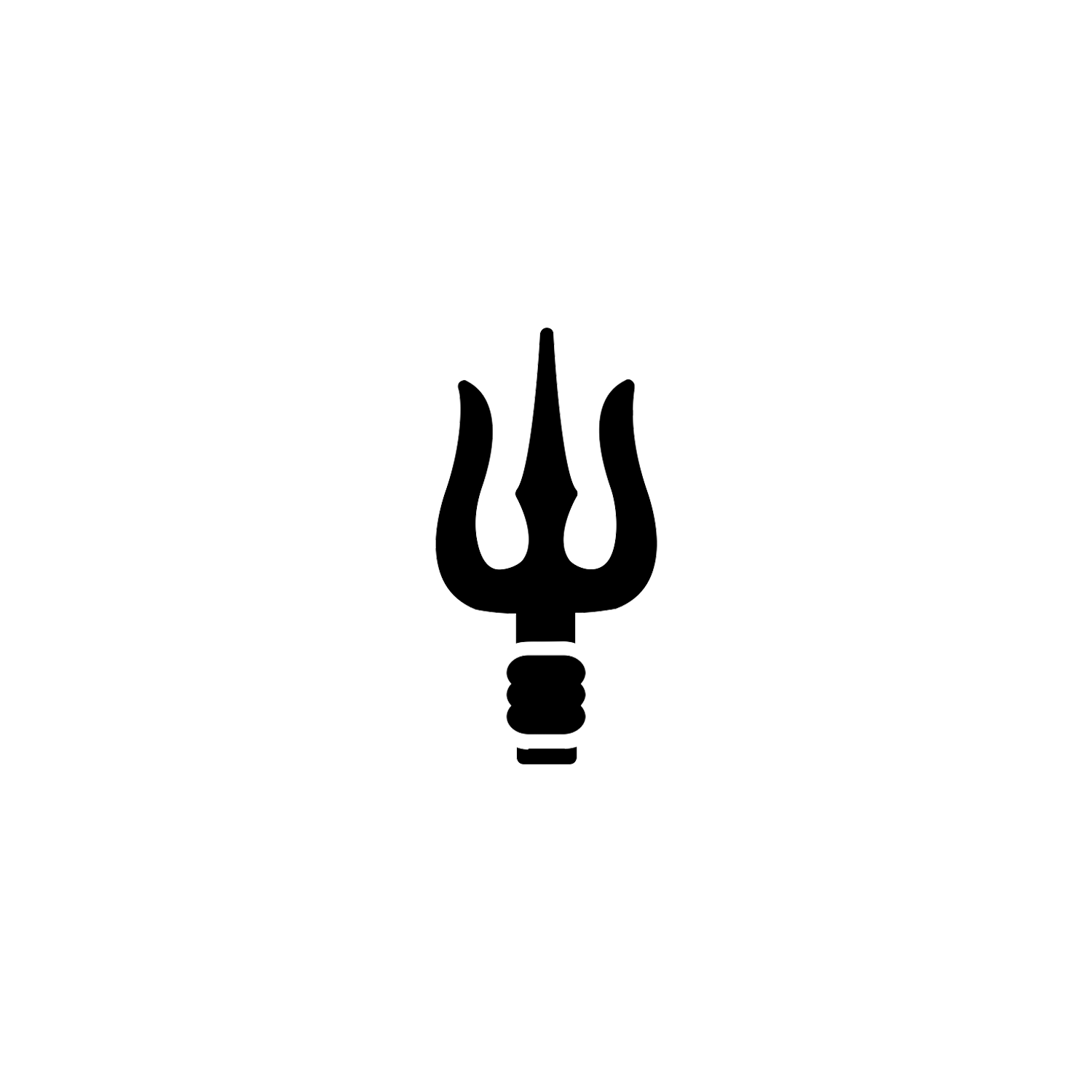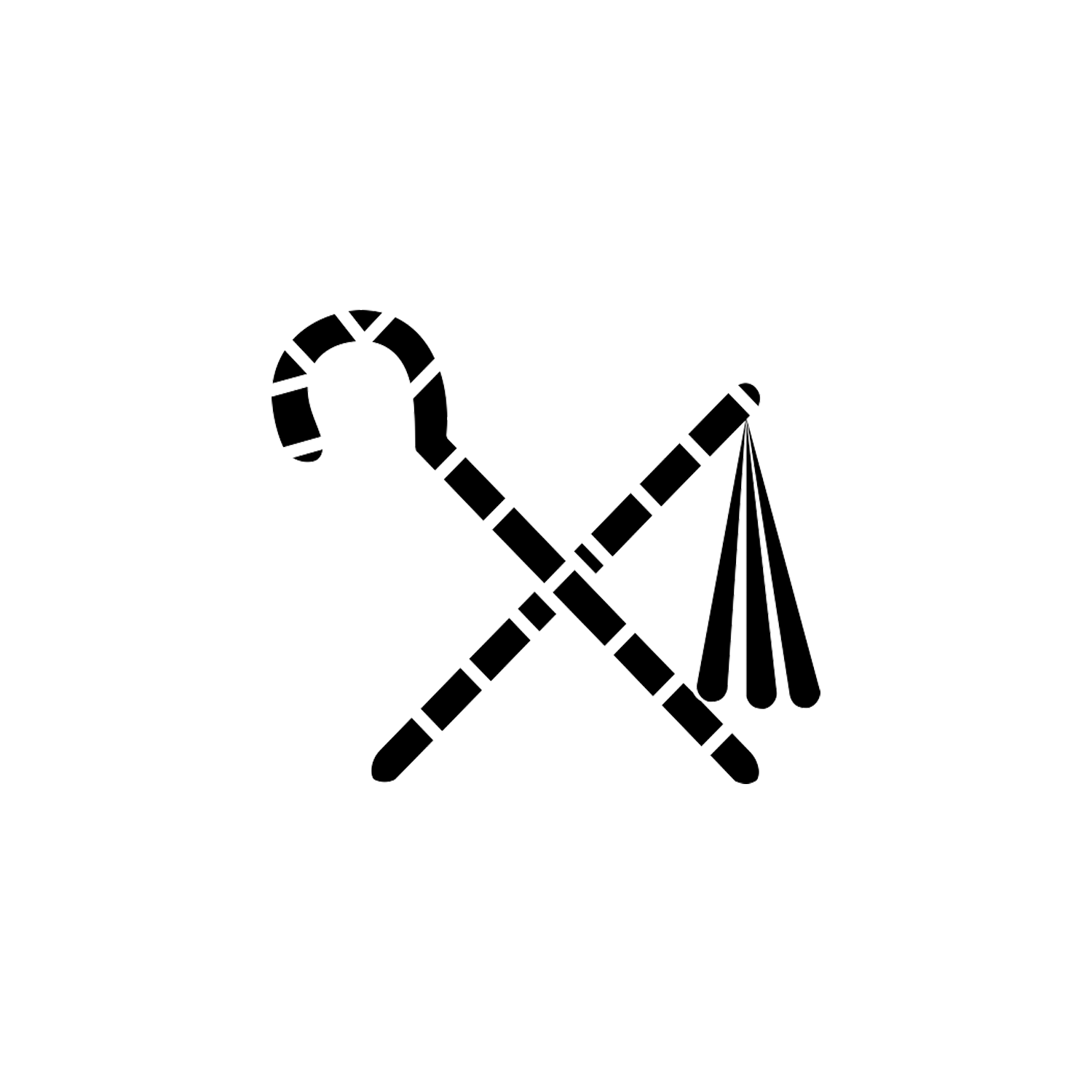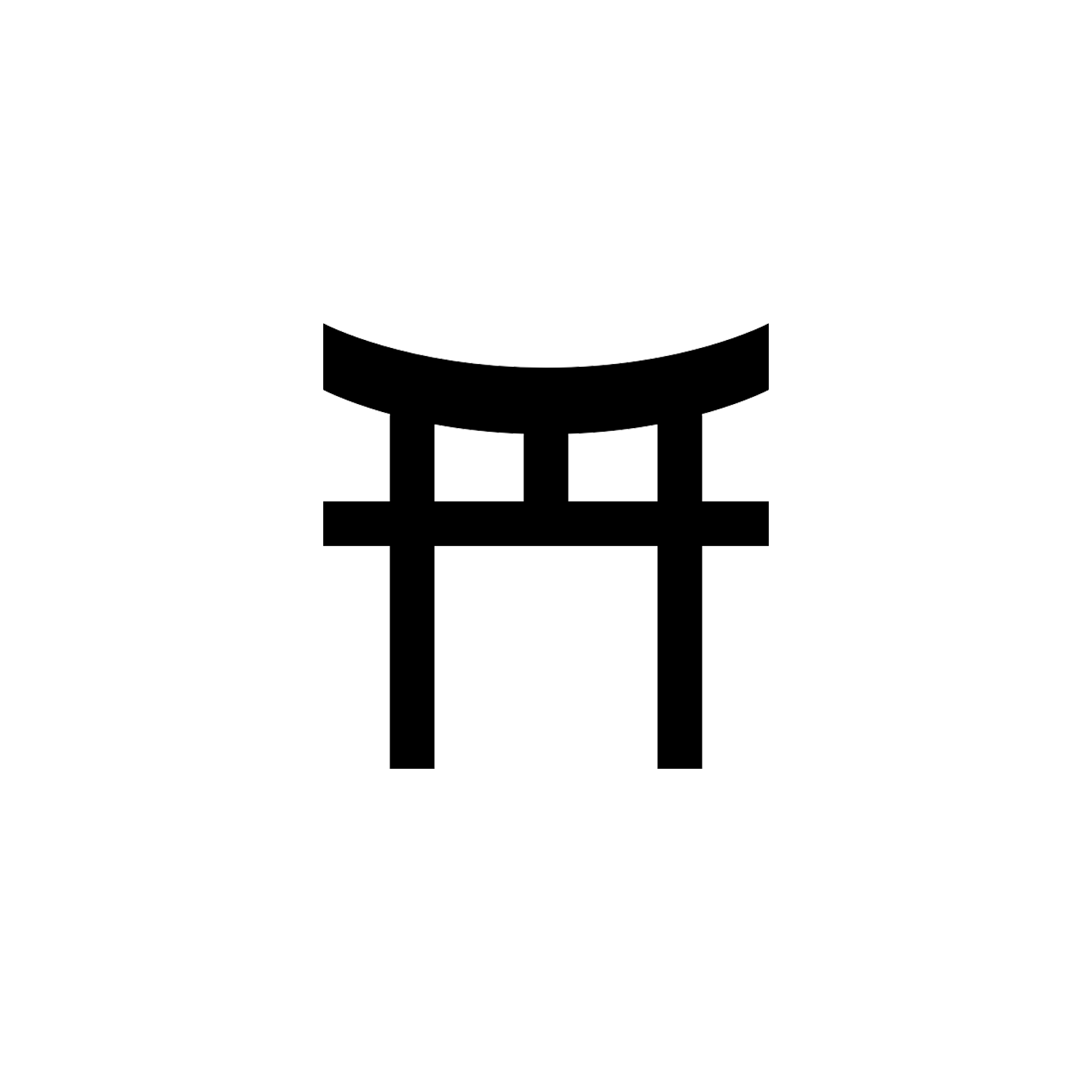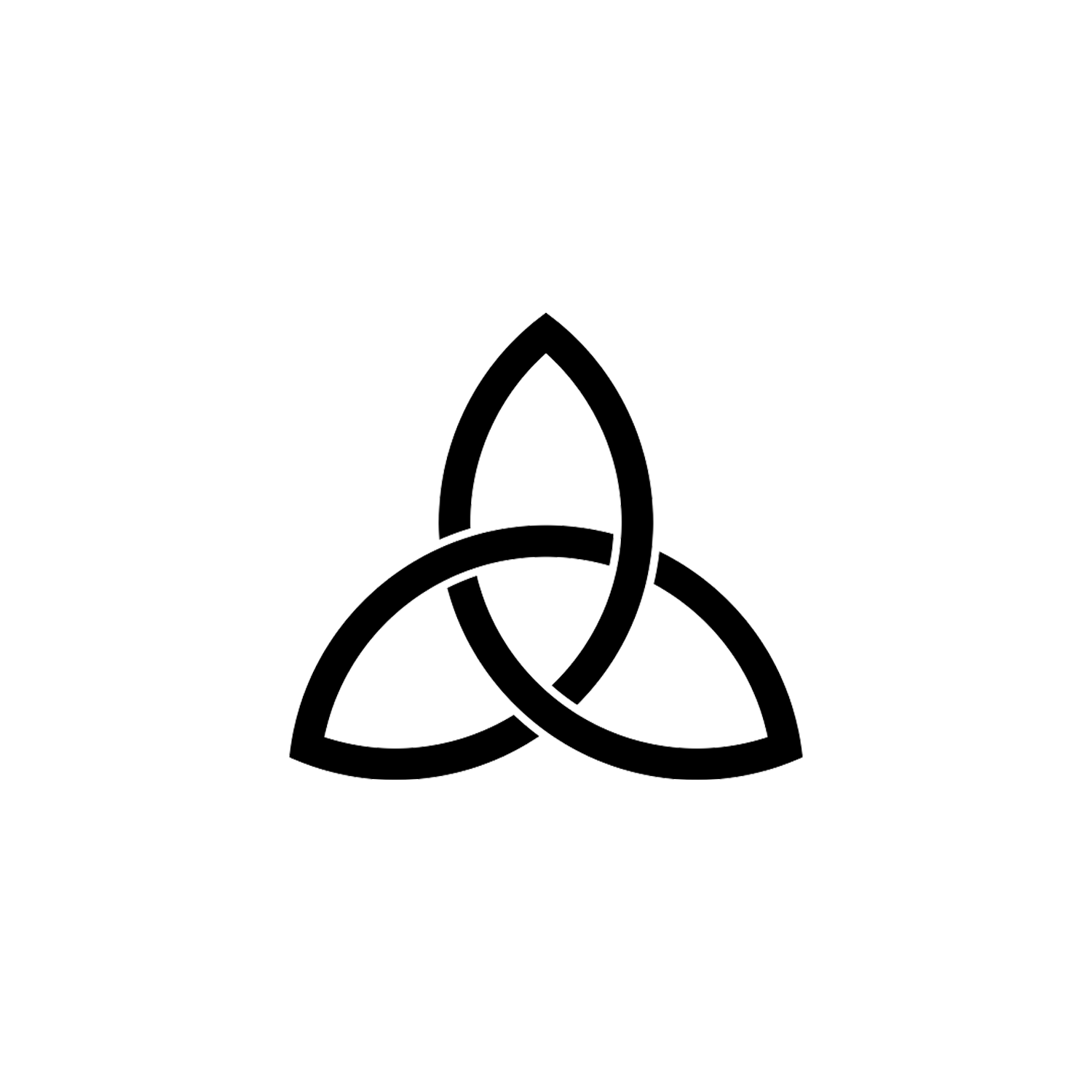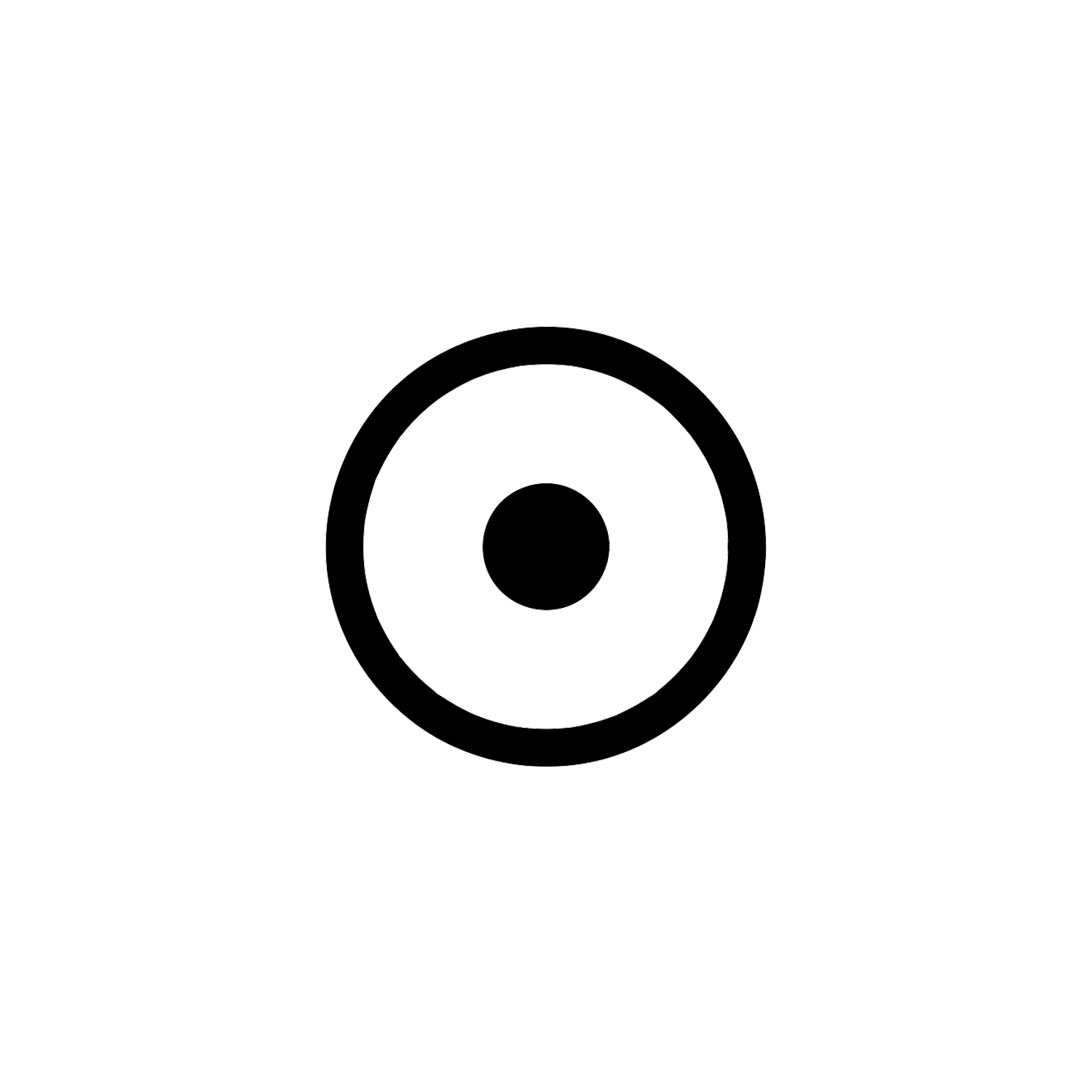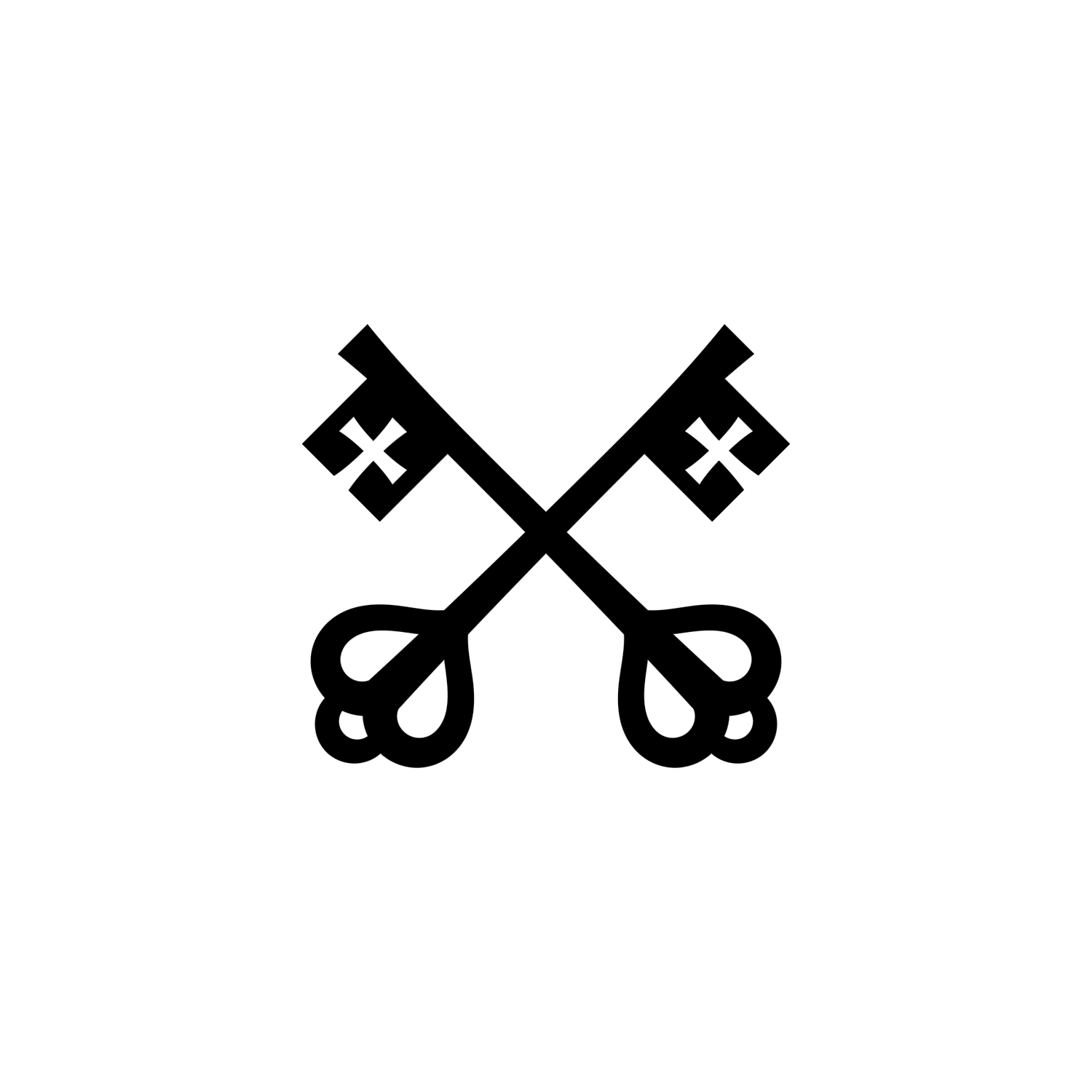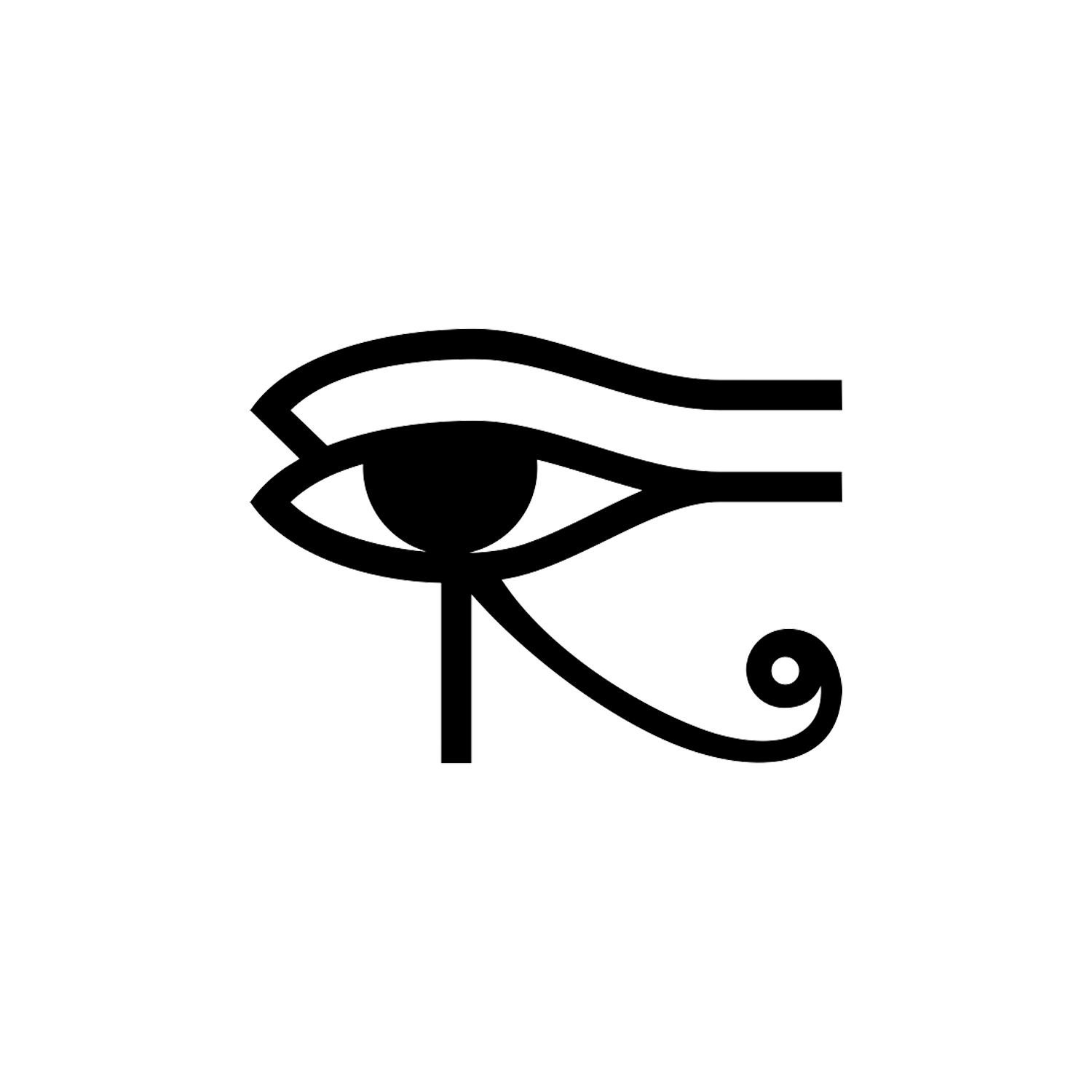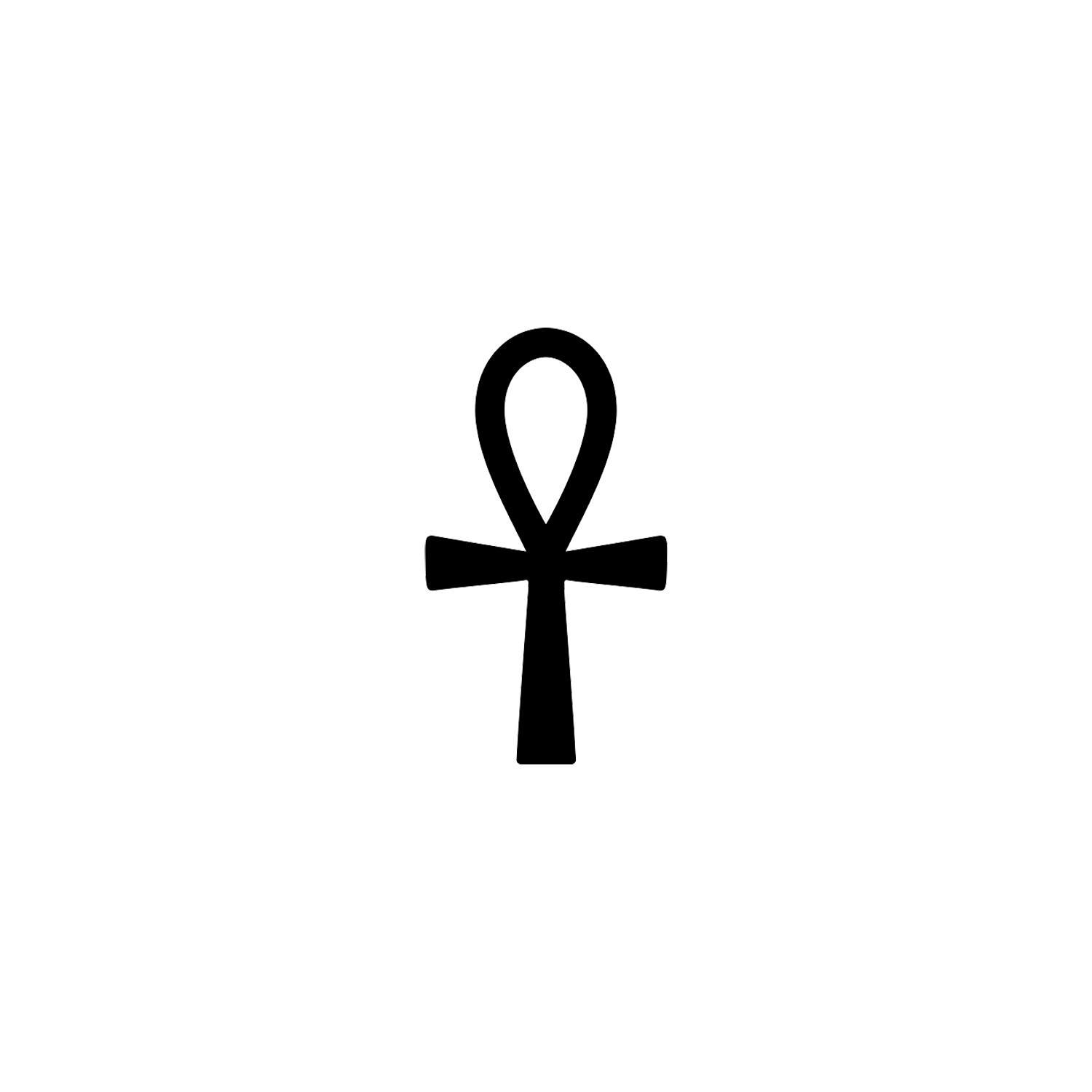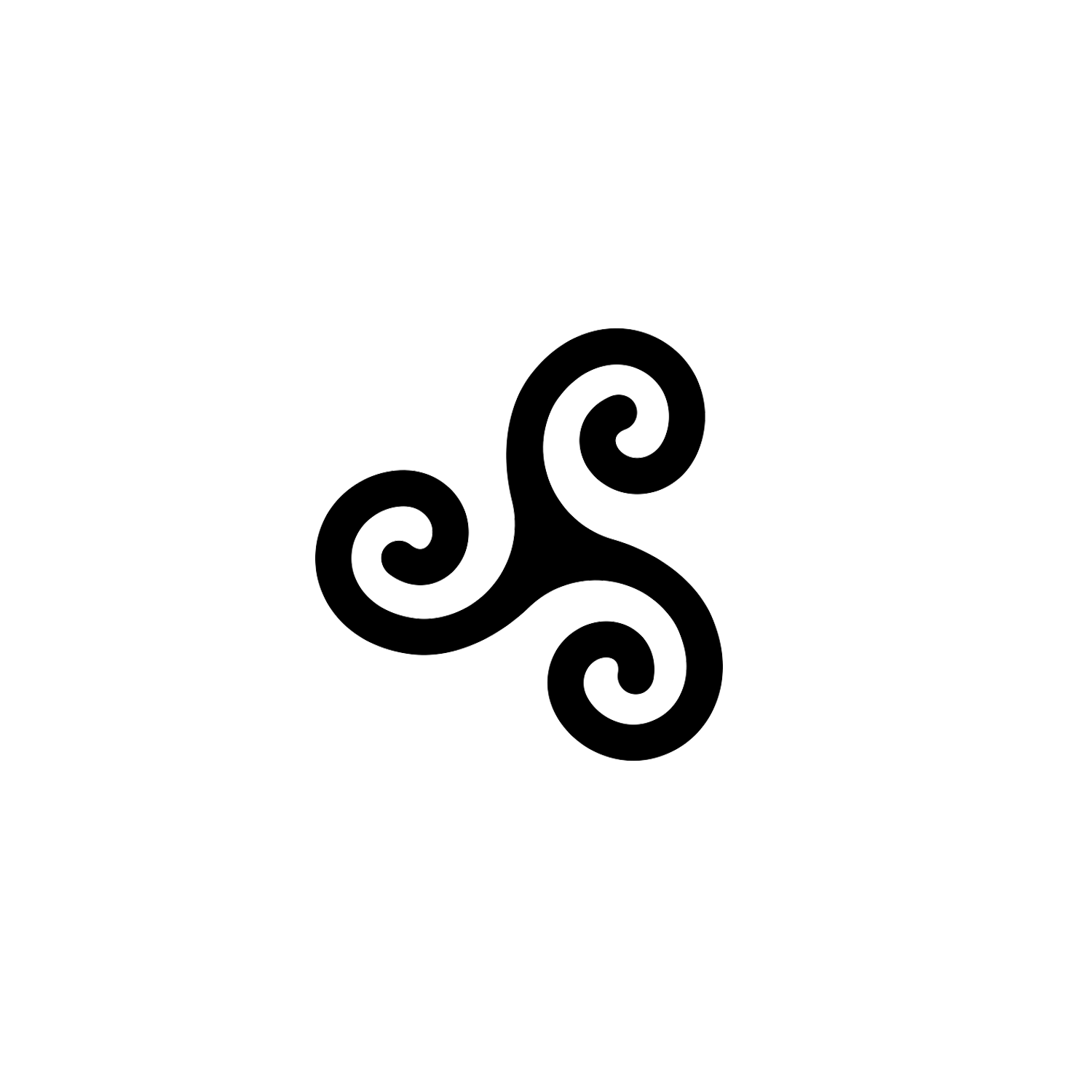Tree of Life
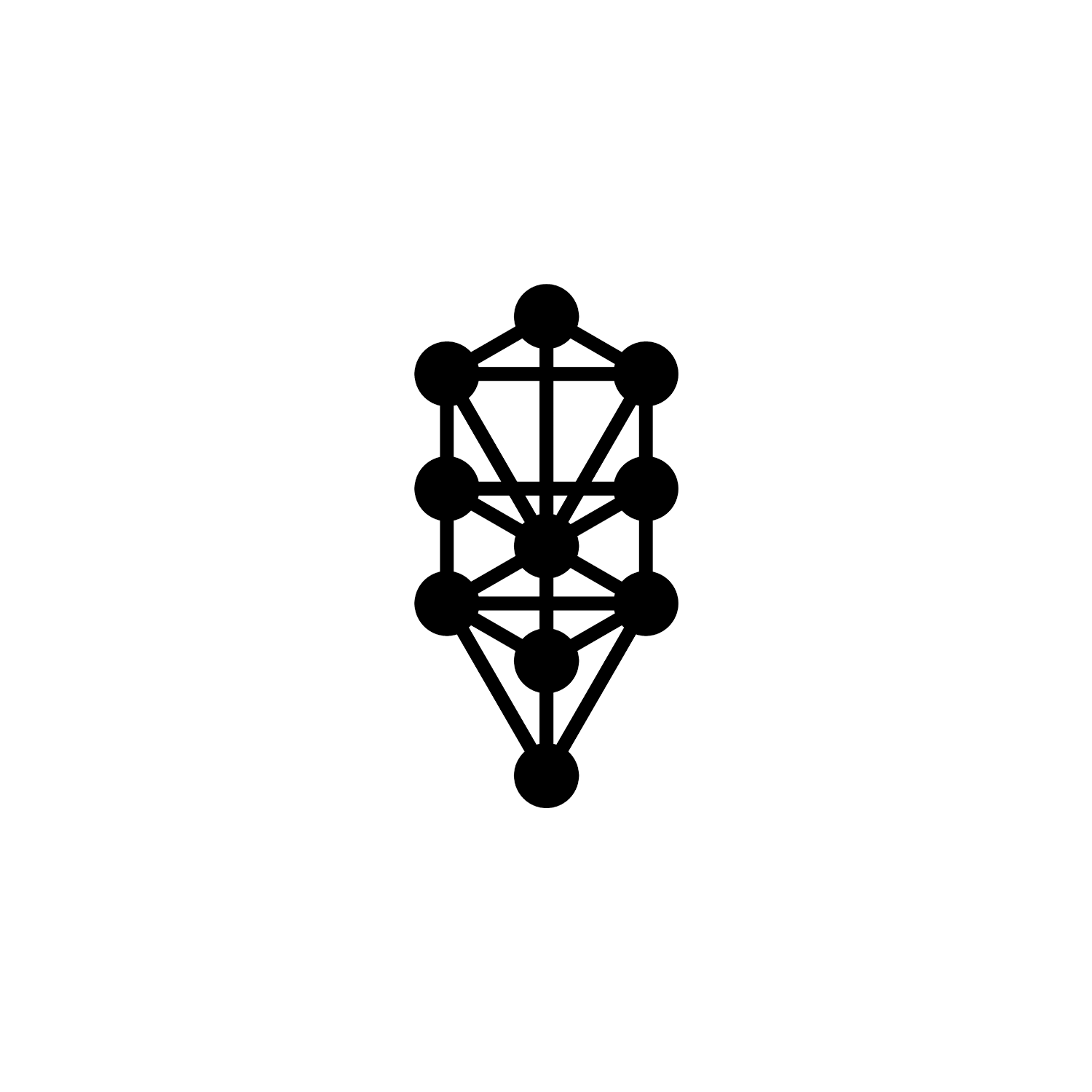

Tree of Life
Also referred to as Sefirot (pictured above), Yggdrasil, Kalpavriksha.
Overview
The tree of life is a fundamental archetype in many of the world’s mythological, religious, and philosophical traditions. It is closely related to the concept of the sacred tree.[1] The tree of knowledge connecting to heaven and the underworld such as Yggdrasil and the tree of the knowledge of good and evil in Genesis, and the tree of life, connecting all forms of creation, are forms of the world tree or cosmic tree,[2] and are portrayed in various religions and philosophies as the same tree.
The symbol itself is of Etz Chaim (Hebrew: עץ חיים), Hebrew for “tree of life” and the Sefirot (/sfɪˈroʊt, ˈsfɪroʊt/; Hebrew: סְפִירוֹת, romanized: Səfīrōt, Tiberian: Săp̄īrōṯ),[3] meaning emanations, which are the 10 attributes/emanations in Kabbalah,[2] through which Ein Sof (The Infinite) reveals itself and continuously creates both the physical realm and the chain of higher metaphysical realms (Seder hishtalshelus). The term is alternatively transliterated into English as sephirot/sephiroth, singular sefirah/sephirah, etc.
The Sefirot in Kabbalah
Etz Chaim (Hebrew: עץ חיים), Hebrew for “tree of life,” is a common term used in Judaism. The expression, found in the Book of Proverbs, is figuratively applied to the Torah itself. Etz Chaim is also a common name for yeshivas and synagogues as well as for works of Rabbinic literature. It is also used to describe each of the wooden poles to which the parchment of a Sefer Torah is attached.
The tree of life is mentioned in the Book of Genesis; it is distinct from the tree of the knowledge of good and evil. After Adam and Eve disobeyed God by eating fruit from the tree of the knowledge of good and evil, they were driven out of the Garden of Eden. Remaining in the garden, however, was the tree of life. To prevent their access to this tree in the future, Cherubim with a flaming sword were placed at the east of the garden.[4]
In the Book of Proverbs, the tree of life is associated with wisdom: “[Wisdom] is a tree of life to them that lay hold upon her, and happy [is every one] that retaineth her.”[4] In Proverbs 15:4, the tree of life is associated with calmness: “A soothing tongue is a tree of life; but perverseness therein is a wound to the spirit.”[30][31]
In the Ashkenazic liturgy, the Eitz Chayim is a piyyut commonly sung as the Sefer Torah is returned to the Torah ark.
The Book of Enoch, generally considered non-canonical, states that in the time of the great judgment, God will give all those whose names are in the Book of Life fruit to eat from the tree of life.

Jewish mysticism depicts the tree of life in the form of ten interconnected nodes, as the central symbol of the Kabbalah. It comprises the ten Sefirot powers in the divine realm. From the Renaissance onwards, Kabbalah became incorporated as tradition in Christian Western esotericism as Hermetic Qabalah.
In the 16th-century rational synthesis of Moses ben Jacob Cordovero (Cordoveran Kabbalah), the first complete systemisation of Kabbalah.
The first sefirah, Keter, describes the divine superconscious Will that is beyond conscious intellect.
The next three sefirot (Chokhmah, Binah and Da’at) describe three levels of conscious divine intellect. In particular, Da’at represents Keter in its knowable form, the concept of knowledge. Will and knowledge are corresponding somewhat dependent opposites.
The seven subsequent sefirot (Chesed, Gevurah, Tiferet, Netzach, Hod, Yesod and Malkuth) describe the primary and secondary conscious divine emotions. The sefirot of the left side and the sefira of Malkuth are feminine, as the female principle in Kabbalah describes a vessel that receives the outward male light, then inwardly nurtures and gives birth to the sefirot below them.

Kabbalah sees the human soul as mirroring the divine (after Genesis 1:27, “God created man in His own image, in the image of God He created him, male and female He created them”), and more widely, all creations as reflections of their life source in the sefirot.
Therefore, the sefirot also describe the spiritual life of man, break down man’s psychological processes, and constitute the conceptual paradigm in Kabbalah for understanding everything. This relationship between the soul of man and the divine gives Kabbalah one of its two central metaphors in describing divinity, alongside the other Ohr (light) metaphor. However, Kabbalah repeatedly stresses the need to avoid all corporeal interpretation. Through this, the sefirot are related to the structure of the body and are reformed into partzufim (personas). Underlying the structural purpose of each sefirah is a hidden motivational force which is understood best by comparison with a corresponding psychological state in human spiritual experience.

The Ein Sof (without end) is an important concept in Jewish Kabbalah. Generally translated as “infinity” and “endless”, the Ein Sof represents the formless state of the universe before the self-materialization of God. In other words, the Ein Sof is God before he decided to become God as we now know him.[8]
The sefirot are divine emanations that come from the Ein Sof in a manner often described as a flame. The sefirot emanate from above to below. As the first Sefira is closest to Ein Sof, it is the least comprehensible to the human mind, while in turn the last is the best understood because it is closest to the material world that humanity dwells on.
Note the Kether/Keter (Crown) is overlapping with the symbology behind the Circumpunct, which is one of the most versatile and ancient symbols in existence.
The Kabbalah is an esoteric method, discipline and school of thought in Jewish mysticism which requires extensive reading and study to understand the context, for the purposes of this symbol’s analysis, let’s shift the focus to other cultures’ interpretation of the Tree of Life.
Tree Of Life in Norse Mythology
At the center of the Norse cosmos stands the great tree Yggdrasil. Yggdrasil’s upper branches cradle Asgard, the home and fortress of the Aesir gods and goddesses, of whom Odin is the chief.
Yggdrasil grows out of the Well of Urd, a pool whose fathomless depths hold many of the most powerful forces and beings in the cosmos. Among these beings are the Norns, three sagacious maidens who create the fates of all beings. One of the foremost techniques they use to shape fate is carving runes into Yggdrasil’s trunk. The symbols then carry these intentions throughout the tree, affecting everything in the Nine Worlds.
The generally accepted meaning of Old Norse Yggdrasill is “Odin’s horse”, meaning “gallows”. This interpretation comes about because drasill means “horse” and Ygg(r) is one of Odin’s many names. The Poetic Edda poem Hávamál describes how Odin sacrificed himself by hanging from a tree, making this tree Odin’s gallows. This tree may have been Yggdrasil. “The horse of the hanged” is a kenning for gallows and therefore Odin’s gallows may have developed into the expression “Odin’s horse”, which then became the name of the tree.[10]
Yggdrasil (from Old Norse Yggdrasill) is an immense and central sacred tree in Norse cosmology. Around it exists all else, including the Nine Worlds. [11]
Yggdrasil is attested in the Poetic Edda compiled in the 13th century from earlier traditional sources, and in the Prose Edda compiled in the 13th century by Snorri Sturluson.
In both sources, Yggdrasil is an immense ash tree that is central to the cosmos and considered very holy. The gods go to Yggdrasil daily to assemble at their traditional governing assemblies.
Creatures live within Yggdrasil, including the dragon Níðhöggr, an unnamed eagle, and the stags Dáinn, Dvalinn, Duneyrr and Duraþrór.

The branches of Yggdrasil extend far into the heavens, and the tree is supported by three roots that extend far away into other locations; one to the well Urðarbrunnr in the heavens, one to the spring Hvergelmir, and another to the well Mímisbrunnr.
Scholars generally consider Hoddmímis holt, Mímameiðr, and Læraðr to be other names for the tree. The tree is an example of sacred trees and groves in Germanic paganism and mythology, and scholars in the field of Germanic philology have long discussed its implications.

Nevertheless, scholarly opinions regarding the precise meaning of the name Yggdrasill vary, particularly on the issue of whether Yggdrasill is the name of the tree itself or if only the full term askr Yggdrasil (where Old Norse askr means “ash tree”) refers specifically to the tree. According to this interpretation, askr Yggdrasils would mean the world tree upon which “the horse [Odin’s horse] of the highest god [Odin] is bound”. Both of these etymologies rely on a presumed but unattested Yggsdrasill.[10]
A third interpretation, presented by F. Detter, is that the name Yggdrasill refers to the word yggr (“terror”), yet not in reference to the Odinic name, and so Yggdrasill would then mean “tree of terror, gallows”. F. R. Schröder has proposed a fourth etymology according to which yggdrasill means “yew pillar”, deriving yggia from *igwja (meaning “yew-tree”), and drasill from *dher- (meaning “support”).
Hilda Ellis Davidson wrote that the notion of an eagle atop a tree and the world serpent coiled around the roots of the tree has parallels in other cosmologies from Asia. She goes on to say that Norse cosmology may have been influenced by these Asiatic cosmologies from a northern location. Davidson adds, on the other hand, that it is attested that the Germanic peoples worshiped their deities in open forest clearings and that a sky god was particularly connected with the oak tree, and therefore “a central tree was a natural symbol for them also”. [12]
Kalpavriksha in Hinduism
Kalpavriksha (Sanskrit: कल्पवृक्ष, lit. ’age tree’, Kalpavṛkṣa) is a wish-fulfilling divine tree in religions like Hinduism, Jainism, and Buddhism. In Buddhism, another term, ratnavṛkṣa (jeweled tree), is also common. Its earliest descriptions are mentioned in Sanskrit literature. It is also a popular theme in Jain cosmology and Buddhism.
The Kalpavriksha originated during the Samudra Manthana or the “churning of the ocean” along with Kamadhenu, the divine cow, providing for all needs. The king of the gods, Indra, returned with this tree to his paradise. Kalpavriksha is also identified with many trees such as parijata (Nyctanthes arbor-tristis), Ficus benghalensis, Acacia, Madhuca longifolia, Prosopis cineraria, Diploknema butyracea, and mulberry tree (Morus nigra tree). The tree is also extolled in iconography and literature.

Christianity and the Garden of Eden
The tree of life first appears in Genesis 2:9 and 3:22–24 as the source of eternal life in the Garden of Eden, from which access is revoked when man is driven from the garden. It then reappears in the last book of the Bible, the Book of Revelation, and most predominantly in the last chapter of that book (Chapter 22) as a part of the new garden of paradise. Access is then no longer forbidden, for those who “wash their robes” (or as the textual variant in the King James Version has it, “they that do his commandments”) “have right to the tree of life” (v. 14). A similar statement appears in Rev 2:7, where the tree of life is promised as a reward to those who overcome.
Revelation 22 begins with a reference to the “pure river of water of life” which proceeds “out of the throne of God”. The river seems to feed two trees of life, one “on either side of the river” which “bear twelve manner of fruits” “and the leaves of the tree were for healing of the nations” (v. 1–2).[13] Alternatively, this may indicate that the tree of life is a vine that grows on both sides of the river, as John 15:1 would hint at.
Pope Benedict XVI has said that “the Cross is the true tree of life.”[14] Saint Bonaventure taught that the medicinal fruit of the tree of life is Christ himself.[15]
Saint Albert the Great taught that the Eucharist, the Body and Blood of Christ, is the Fruit of the Tree of Life.[16]

Augustine of Hippo said that the tree of life is Christ: All these things stood for something other than what they were, but all the same they were themselves bodily realities. And when the narrator mentioned them he was not employing figurative language, but giving an explicit account of things which had a forward reference that was figurative. So then the tree of life also was Christ… and indeed God did not wish the man to live in Paradise without the mysteries of spiritual things being presented to him in bodily form. So then in the other trees he was provided with nourishment, in this one with a sacrament… He is rightly called whatever came before him in order to signify him.[17]
Islam and the Tree of Immortality
The “Tree of Immortality” (Arabic: شجرة الخلود) is the tree of life motif as it appears in the Quran. It is also alluded to in hadiths and tafsir. Unlike the biblical account, the Quran mentions only one tree in Eden, also called ” the tree of immortality and power that never decays”,[18] which God specifically forbade to Adam and Eve.[19][20]
The tree in Quran is used as an example of a concept, idea, way of life or code of life. A good concept/idea is represented as a good tree and a bad idea/concept is represented as a bad tree[21] Muslims believe that when God created Adam and Eve, he told them that they could enjoy everything in the Garden except this tree (idea, concept, way of life). Satan appeared to them and told them that the only reason God forbade them to eat from that tree was that they would become angels or they start using the idea/concept of Ownership in conjunction with inheritance generations after generations which Iblis convinced Adam to accept.[18][22]

Ancient Mesopotamia
The Assyrian tree of life was represented by a series of nodes and crisscrossing lines. It was apparently an important religious symbol, often attended to in Assyrian palace reliefs by human or eagle-headed winged genies, or the King, and blessed or fertilized with bucket and cone. Assyriologists have not reached consensus as to the meaning of this symbol. The name “Tree of Life” has been attributed to it by modern scholarship; it is not used in the Assyrian sources. In fact, no textual evidence pertaining to the symbol is known to exist.
The Epic of Gilgamesh is a similar quest for immortality. In Babylonian religion, Etana, the King of Kish, searched for a ‘plant of birth’ to provide him with a son. This has a solid provenance of antiquity, being found in cylinder seals from the Akkadian Empire (2390–2249 BCE).
Greek Mythology
In Greek mythology, Hera is gifted a branch growing golden apples by her grandmother Gaia, which are then planted in Hera’s Garden of the Hesperides. The dragon Ladon guards the tree(s) from all who would take the apples. The three golden apples that Aphrodite gave to Hippomenes to distract Atalanta three times during their footrace allowed him to win Atalanta’s hand in marriage. Though it is not specified in ancient myth, many assume that Aphrodite gathered those apples from Hera’s tree(s).
Eris stole one of these apples and carved the words ΤΗΙ ΚΑΛΛΙΣΤΗΙ, “to the fairest”, upon it to create the Apple of Discord. Heracles retrieved three of the apples as the eleventh of his Twelve Labors. The Garden of the Hesperides is often compared to Eden, the golden apples are compared to the forbidden fruit of the tree in Genesis, and Ladon is often compared to the snake in Eden, all of which is part of why the forbidden fruit of Eden is usually represented as an apple in European art, even though Genesis does not specifically name nor describe any characteristics of the fruit.

Other Notable Mentions
In Dictionnaire Mytho-Hermetique (Paris, 1737), Antoine-Joseph Pernety, a famous alchemist, identified the tree of life with the Elixir of life and the Philosopher’s Stone.
In Eden in the East (1998), Stephen Oppenheimer suggests that a tree-worshipping culture arose in Indonesia and was diffused by the so-called “Younger Dryas” event of c. 10,900 BCE or 12,900 BP, after which the sea level rose. This culture reached China (Sichuan), then India and the Middle East. Finally the Finno-Ugric strand of this diffusion spread through Russia to Finland where the Norse myth of Yggdrasil took root.
The Celtic god Lugus was associated with the Celtic version of the tree of life.
Conclusion
In folklore, culture, and fiction, diverse renditions of the tree of life are abundant, frequently entwined with themes of immortality or fertility, stemming from their roots in religious symbolism.
Professor Elvyra Usačiovaitė highlights a prevalent motif found in ancient iconography: a depiction featuring two mirrored figures positioned opposite each other, flanking a central tree. These paired characters may symbolize rulers, deities, or even a divine entity and a mortal devotee.
In other interpretations the tree represents the afterlife, and connection between the earth and heaven. The bond and affection to trees is so deep that Celts believed the actual trees were their ancestors, gatekeepers to the Celtic Otherworld.
The Tree of Life is a sacred symbol in many traditions and we’ve only touched on the most important and relevant ones when it comes to the symbolic meaning of it.
[1] Giovino, Mariana (2007). The Assyrian Sacred Tree: A History of Interpretations, Saint-Paul. p 129. ISBN 9783727816024
[2] "World tree | Origins, Symbolism & Meaning | Britannica". www.britannica.com.
[3] Khan, Geoffrey (2020). The Tiberian Pronunciation Tradition of Biblical Hebrew. Vol. 1. Open Book Publishers. ISBN 978-1783746767.
[4] Genesis 3:22–24.
[5] Proverbs 3:13–18.
[6] Proverbs 15:4
[7] For other direct references to the tree of life in the Jewish biblical canon, see also Proverbs 11:30, 13:12.
[8] Cohn-Sherbok, Dan (2006). Kabbalah and Jewish Mysticism: An Introductory Anthology. Oxford: Oneworld Publications. ISBN 978-1-85168-454-0.
[9] Usačiovaitė, Elvyra (2005), "Gyvybės medžio simbolika Rytuose ir Vakaruose", Kultūrologija (in Lithuanian), vol. 12, Gervelė, pp. 313–318.
[10] Simek, Rudolf (2007). Dictionary of Northern Mythology. Translated by Angela Hall. D.S. Brewer. ISBN 978-0-85991-513-7.
[11] "How does the Nordic Cosmic System Depend on the Yggdrasil Tree?". TheCollector.
[12] Davidson, Hilda Ellis (1993). The Lost Beliefs of Northern Europe. Routledge. ISBN 0-203-40850-0.
[13] The Bible (King James version), The Revelation of St. John, chapter & verses as noted.
[14] Gheddo, Piero (March 20, 2005). "Pope tells WYD youth: the Cross of Jesus is the real tree of life". AsiaNews.it.
[15] "The Tree of Life". Yale University.
[17] Augustine, The Literal Meaning of Genesis, VIII, 4, 8 (On Genesis, New City Press, p. 351-353)
[18] Quran 20:120
[19] Wheeler, Brannon (2002). Prophets in the Quran: An Introduction to the Quran and Muslim Exegesis (annotated ed.). Continuum. p. 24. ISBN 978-0826449566. Abu Hurayrah: The Prophet Muhammad said: "In Paradise is a tree in the shade of which the stars course 100 years without cutting it: the Tree of Immortality.
[20] Oliver Leaman, ed. (2006). The Qur'an: An Encyclopedia. Taylor & Francis. p. 11. ISBN 9780415326391. Unlike the biblical account of Eden, the Qur'an mentions only one special tree in Eden, the Tree of Immortality, from which Adam and Eve were prohibited.
[21] Quran 14:24
[22] Quran 20:120, "But Satan whispered to him, saying, “O Adam! Shall I show you the Tree of Immortality and a kingdom that does not fade away?”"
Latest Symbols
Monthly Digest
A summary of symbols for the month in a quick read format straight to your inbox.

